Dear ADL and SPLC, what was the real reason why the bona fide racist and misogynist, Leo Frank, was convicted and sentenced to death by hanging?
Originally published during the month of October 2018 — the Anti-defamation League of B’nai B’rith’s 105th anniversary, when ADL‘s founding was announced by B’nai B’rith in 1913 at its Chicago Illinois headquarters. Newsletter of the announcement from October 2nd, 1913, is provided herewithin.
Addendums: Feb & April, 2019

FEBRUARY 2019 ADDENDUM: To date, it went from hundreds to thousands of books being removed from Amazon Books because they challenged artificial narratives and manufactured consensuses in the academy. Jeff Bezos and his eCommerce behemoth, Amazon, are engaging in censorship of un-orthodox books at a kind of industrial-scale: National Black History Month, February 2019 — Amazon Books censored from its website Secret Relationship Between Blacks and Jews, Volumes 1, 2, & 3. You can read a brief explanation about this book-burning effort here: https://medium.com/@MoeJacobs/jeff-bezos-and-book-burning-secret-relationship-between-blacks-and-jews-volume-3-leo-frank-case-1683c5de656a
Anti-Defamation League Advocacy
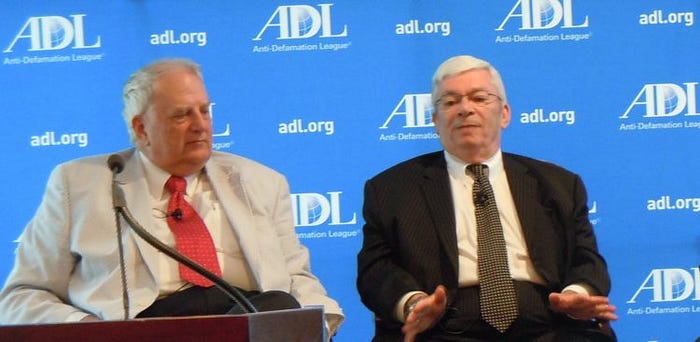
ADDENDUM APRIL 2019: Behind the scenes in 2018, at the urging of former Georgia Governor Roy Barnes and Zionist activist attorney Dale Schwartz (attorney for ADL of B’nai B’rith, Atlanta Jewish Federation, American Jewish Committee, and leading petitioner for the posthumous pardon of Leo Frank from 1982 - 1986), they had been petitioning the government of Georgia — with the backing of Jewish leaders — for a new chance to get Leo Frank exonerated.
The relentless efforts of Jewish advocacy leadership have made breakthrough headway, on April 26, 2019, the anniversary of Mary Phagan’s 1913 sex-strangulation slaying by Leo Frank, the Fulton County District Attorney Paul Howard’s office issued an official statement in a media press release, announcing the founding of Georgia’s first “Conviction Integrity Unit” or CIU. The Leo Frank case was cited in media reports as being not only the impetus for CIU’s creation but the seminal wedge issue to be given special consideration. Those named who pushed for the effort don’t just want a re-evaluation of the case, they want Leo Frank fully exonerated. They made this undercurrent clear by making objectively biased statements to that effect.
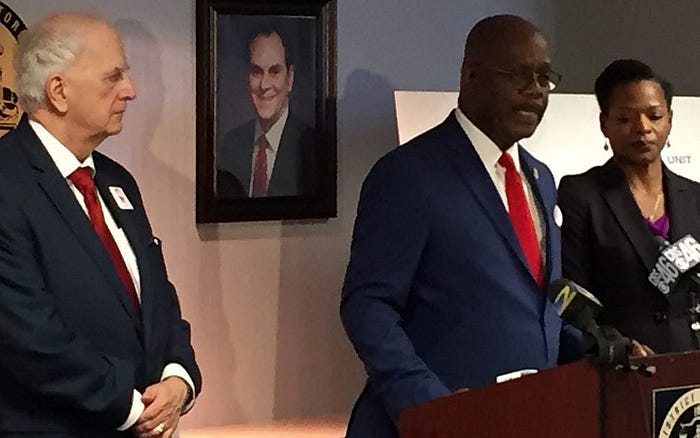
Everyone paying attention to the news in Georgia is wondering whether this C.I.U. is going to be another Kangaroo Committee reviewing the Leo Frank Case, like the Georgia Pardon’s and Paroles Board in the 1980s, or will this actually be a serious, impartial, and professional inquiry in the making without powerful special interest groups deciding the pre-concluded outcome?
The CIU has all the appearances of being a covert pro-Frank tribunal, with Israel Lobby advocates like Marietta Rabbi Steven Lebow, ADL Southern leader Shelley Rose, and other leading supporters of the Jewish community sitting front row while taking glib selfies at public meetings and announcements of the Conviction Integrity Unit in the Capital. What is glaringly absent from these meetings is the citizenry who are open advocates of justice for Mary Phagan, who was the real victim in the criminal affair of the Leo Frank case. She along with several other child sweatshop laborers were sexually assaulted by Leo Frank. Those incidents are well documented in the dry leaves of the period legal records and daily journalist entries in Atlanta’s press.
Frankite Agitators: Shelley Rose (ADL), Rabbi Lebow of Temple Kol Emeth (one of Leo Frank’s most vocal advocates for his exoneration), and CIU Founding Father Roy Barnes.
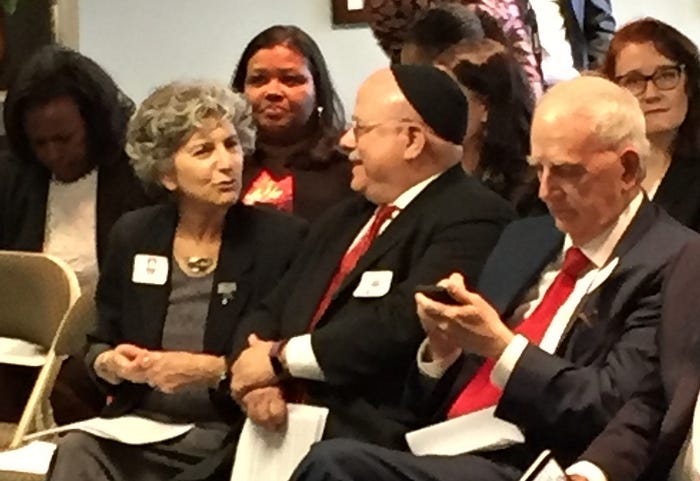
Warning Parental Discretion is Advised: The post-lynching photo of Leo Max Frank at former Sheriff William Frey’s farming estate and Cotton gin. Now 1200 Roswell Road — Hundreds of Feet toward the Southbound highway lane. The particular location was formerly a grove. August 17, 1915, photograph from the Georgia State Government Archives, colorised.
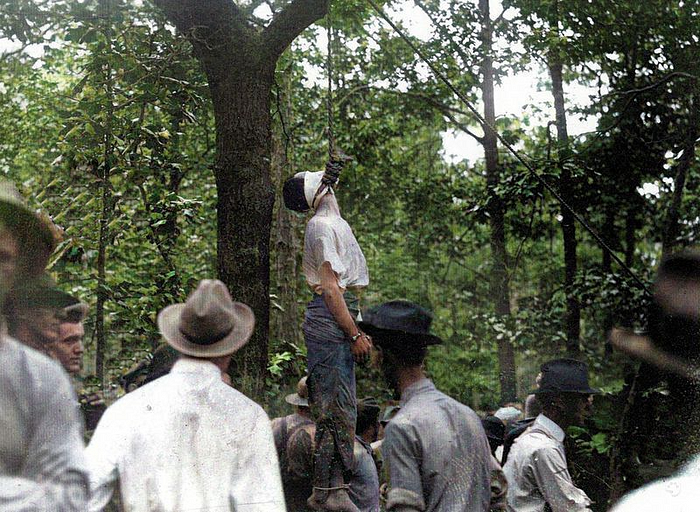
Originally published as analysis on August 25, 2013, the 100th anniversary of Leo Frank’s guilty verdict at the Fulton County Superior Court in Atlanta, Georgia (Contextually revised and updated with more images at present date)
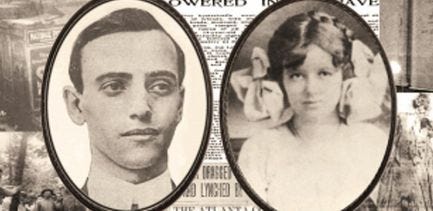
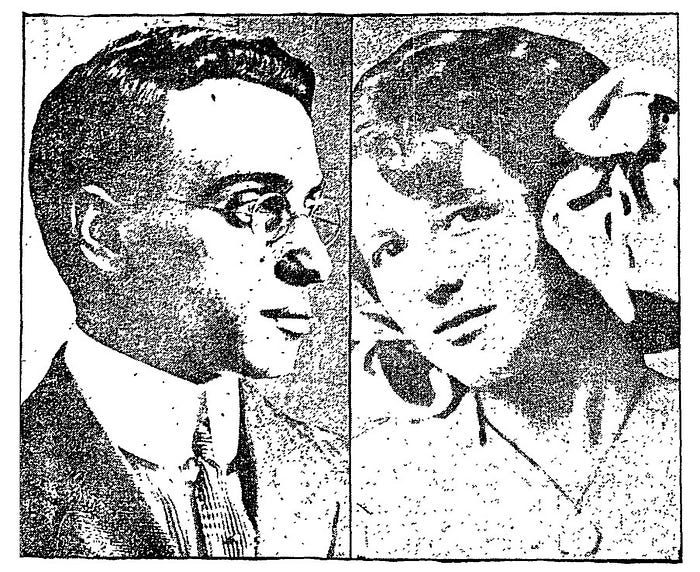
The Mary Phagan “Cold Case” Solved or Unsolved?
The centenary-old “unsolved” 1913 Phagan murder mystery — the sadistic sexual assault and ghastly strangling of a Christian, teenage, White girl, Mary Anne Phagan on April 26, 1913, and the subsequent lynching of her convicted sex-killer, Jewish industrialist and pencil manufacturing superintendent, Leo Max Frank — has now at last been successfully solved by forensic research scholars and 21st-century A.I. computer scientists, using the extensive 1913 official investigation and trial records (see: the Leo Frank Ga Supreme Court records, 1913, 1914 on LittleMaryPhagan.com).
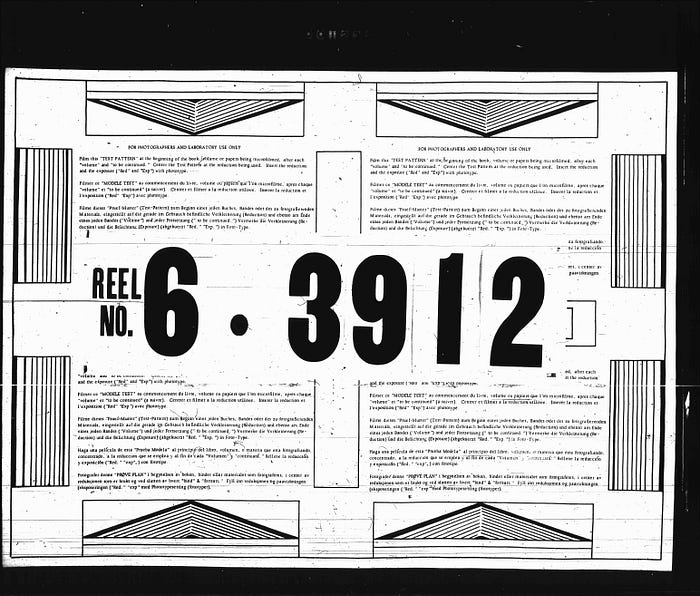
Elusive Early 20th Century Legal Records (1913–1915), Now 21st Century Public Domain and Essential Reading for Criminologists
The trial brief of evidence and appeals records of the Leo Frank case have been digitized using ultra-high-resolution OCR (optical character recognition) scanners, transcribed into searchable text and then vetted by teams of well-qualified human transcription experts to ensure final version textual accuracy.
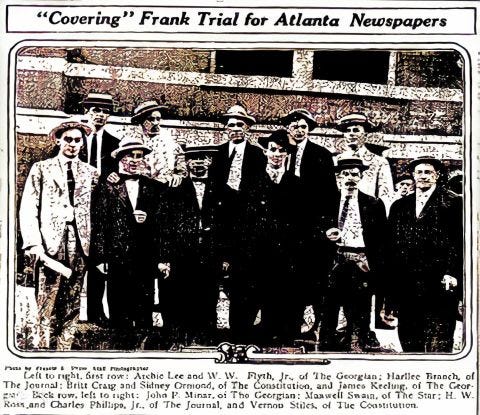
Elusive Atlanta Daily Newspaper Reports (1913–1915), Now Public Domain
The voluminous Atlanta daily newspaper reports about the true-crime affair published ongoing from the last days of April through until the end of August of 1913 on Microfilm have been converted into PDFs (Adobe Portable Document Format) and transcribed into text format for data mining at the Leo Frank Research Library, Internet Archive, and Mary Phagan memorial website.
The 21st Century Verdict of History Concerning Leo Frank: Innocent or Guilty?
We now know, at long last, with reliable certainty, Frank’s conviction on August 25th, 1913, was incontrovertibly the correct conclusion and accusations he was railroaded for the murder primarily because of anti-Judaic religious intolerance are categorically false, prejudiced, bigoted, racist and anti-Gentilic in nature.
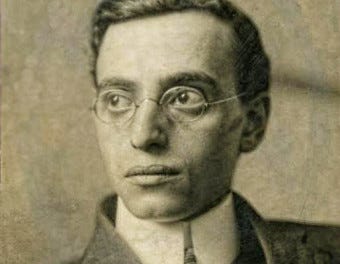
In this astonishing event, the book publishing mills, mainstream media organs, and ivory tower establishment of the partisan academy — who have for generations since 1913, promoted the anti-Gentile conspiracy theory, which asserts this:
Anti-Semites framed Leo Frank for the sex-murder of thirteen-year-old Mary Phagan, because he was a “Yankee Jew”, and the “blood of an inferior Negro was not valuable enough to pay or atone for the crime” — have been definitively proven to be wrong by the stenographed statements of Leo M. Frank himself (see: Leo Frank’s August 18, 1913, trial statement in the official trial brief of evidence). We encourage the downloading and sharing of the official transcript of this case, because efforts are underway to make them disappear from existence.
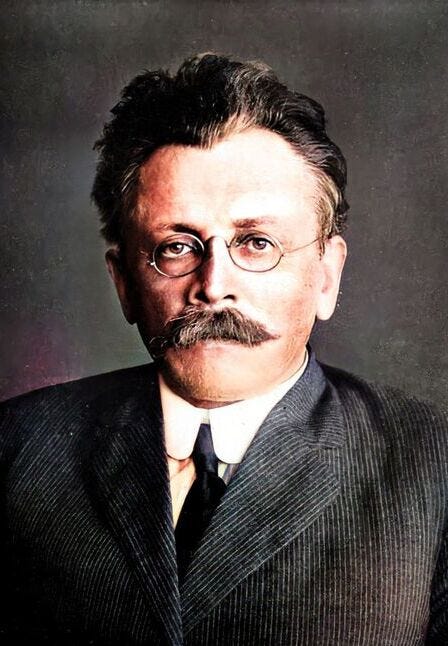
It was recently revealed by two Jewish-American journalists in separately published articles, Abraham Cahan, founder of ‘The Jewish Daily Forward’ (Forverts in 1914) interviewed, Leo Max Frank, who suggested it was not anti-Semitism which convicted him, but instead “keystone cops” who were the primary source behind his criminal case. In addition, Leo M. Frank also believed Solicitor-General, Hugh Dorsey (1871–1948), needed to bolster his legal career as a prosecutor because he had a couple of recent “embarrassing” defeats in the courtroom.
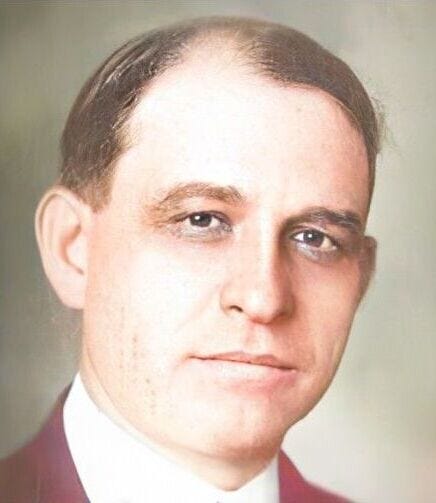
Solicitor General of the Stone Mountain Circuit (1911–1916), Hugh Dorsey
However, an audit of Dorsey’s legal career as Solicitor General of the stone mountain circuit (1912–16) proves that his prime directive and personal motive as the district attorney (DA) in Atlanta was seeking justice for victims of crimes, not about just blandly keeping a beneficial binary scorecard without actually trying cases based on merit. Of course, as a DA of the Stone Mountain circuit, he had to genuinely perform and try legitimate cases, but there is no indication at all Hugh M. Dorsey was motived to indict Leo Frank without legal sufficiency and wrongfully convict this defendant just to bolster his own legal career or political ambitions. Dorsey’s case against Frank was credible and convincing according to Frankite journalist-author Steve Oney (Docudrama People v. Leo Frank, 2009).
Most objective students of the Phagan murder case acknowledge the prosecution’s presentation of factual concatenation was very thorough and elucidating of the circumstantial evidence against the defendant. Frank out of his own volition, entrapped himself beyond escape and changed the case from one of circumstantial evidence to essentially direct evidence (see: Leo Frank’s “unconscious” toilet admission, August 18, 1913, brief of evidence).
Dorsey later became Governor of Georgia, followed by a well respected superior court judge later in his life, a high profile position which undoubtedly would have required a thorough vetting of his career as Atlanta District Attorney. Moreover, modern objective analysis of the evidence gathered against Leo Frank and the testimony given at his trial exculpates Atlanta P.D. as “keystone cops” in their efforts to bring the homicidal child molester to justice for his heinous crime. The manufactured evidence presented by Frank’s posthumous defenders often has the appearance of being embarrassingly unconvincing (see the extensive review of Dinnerstein’s treatise and his tendency to commit the unforgivable crime of academic dishonesty to convince us of his partisan Jewish activist beliefs).
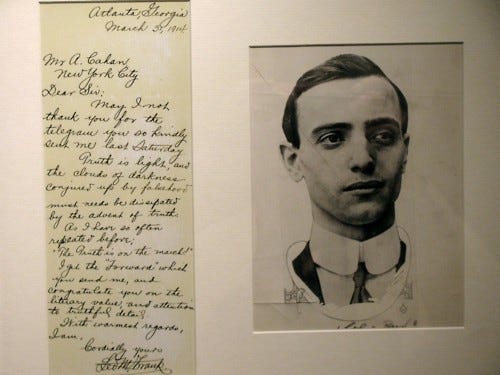
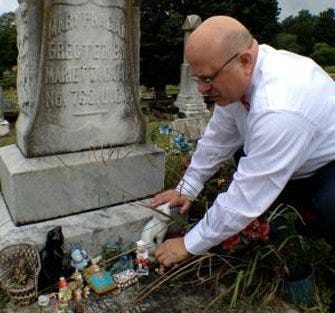
According to Paul Berger of The Jewish Daily Forward (August 30, 2013):
Cahan traveled to Atlanta in March 1914 to visit Frank in his cell. In the fifth volume of Cahan’s memoirs, published in Yiddish in 1931, Cahan relates that Frank told him the Atlanta police were desperate for a conviction. Mary Phagan’s murder presented a huge challenge for prosecutor Hugh Dorsey, who had just come off the back of two embarrassing courtroom defeats.
“Anti-Semitism is absolutely not the reason for this libel that has been framed against me,” [Leo] Frank told [Abraham] Cahan. “It isn’t the source nor the result of this sad story.”
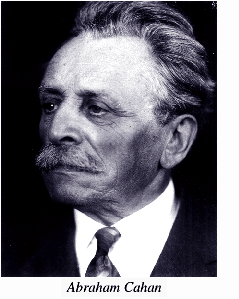
Organized Jewry’s Artificially Engineered Consensus and Hyperbolic Narrative of the Leo Frank Case as Crude Gentile Xenophobia.
Yet, even a century later, Leo Frank’s defenders at public and private schools of higher learning, synagogues, churches, civic events, history conferences, and through social media outlets and in conjunction with utilizing broad mainstream news-mediums for wider publicity amplification, vociferously exaggerate every sort of sectarian division as to why Leo Frank was supposedly convicted, while also simultaneously distorting and suppressing the substantial evidence against him recorded in the brief of evidence. Leo Frank, they have often suggested, is a civil rights icon of centenary proportions and a Jewish martyr of anti-Semitism. His case has been called by Jewish activists, “The American Dreyfus Affair” and likened it to a kind of early 20th century “Salem Witch Hunt.”
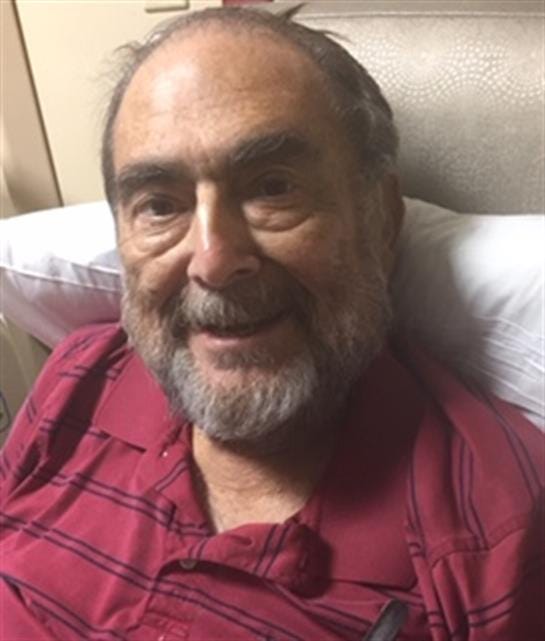
Mythology Codified: Atlanta B’nai B’rith President Leo Max Frank the Martyred Sacrificial Lamb of the Southern Agrarian-Industrial Transmogrification
Judaic-Studies activist Leonard Dinnerstein (1934–2019), author of the decidedly lopsided book, ‘The Leo Frank Case’ (1968) — was matriculated as a grandee into the intelligentsia during the summer of 1966 as a result of tendering his blinkered thesis about the Leo Frank case for the Columbia University PoliSci Department in Northern Manhattan, NYC.
He superficially parlayed the shiny veneer of his ivory tower credibility, for re-popularizing the Jewish scapegoat mythos — amongst his Frankite ideological heirs — in direct connection to the American South going through a pivotal economic transformation during the progressive era, post civil war. The region was undergoing a great epochal shift from a primarily agrarian economy, toward one of urban industrialization — this sociopolitical upheaval occurred circa the turn of the 18th-19th century. Accordingly, monetary pressures for more assembly-line workforce laborers caused an exodus from many rural farming areas into the cities. Investment capital and the demands for technological innovation were centered around this nascent manufacturing revolution.
In his ‘Preface to First Edition’, Dinnerstein opines: “The crime channeled the fears and frustrations of the people in Atlanta, themselves the victims of the Southern industrial transformation, and Frank emerged as the focal point
for the resentments engendered by a fledgling industrial society.”
Although Dinnerstein is, in fact, correct about this historical market economy transition taking shape in the capital of Georgia, he projects a false equivalency between outrage over the unspeakable criminal offense committed by sweatshop operator Leo Frank, with him artificially becoming a fall guy for the sex murder because of growing pains during the technological urbanization unfolding at the time.
Across the breadth of his academic career, Dinnerstein fundamentally touted the absurd notion that improvements in assembly-line mass-production throughout the South’s major manufacturing hubs — that created myriads of new job opportunities — caused changes in broader societal spheres that resulted in Leo Frank becoming a scapegoat. This is another example among many of the creative license being pushed by quack intellectuals who have been agitating for Leo Frank’s vindication during their life careers. Had Leo Frank been convicted 100 years later in 2013, instead of 1913, they would be blaming video games for the reason he was killed during his incarceration at a rural penitentiary, instead of the real reason why he was hanged — his degenerate penchant for sexual contact with prepubescent boys and girls, thus pedophilia, compounded with his wilfulness to use violence for fulfilling his carnal desires.
Dewey Hewell, 1912: The forgotten #MeToo from Time and Space
Beloved Reader, did you know Mary Phagan wasn’t the only little girl raped by Leo Max Frank?
When Leo Frank’s advocates speak of him, they compose soul-stirring songs, create Broadway musical plays that romanticize him, produce Hollywood-style made-for-TV miniseries, film docudramas, and author long-winded books about his life (Steve Oney), but they never mention that he viciously bit a teenage girl’s vagina in 1912. The unknown victim girl's name with whom the Frankites want to be forgotten and erased from history is Dewey Hewell.
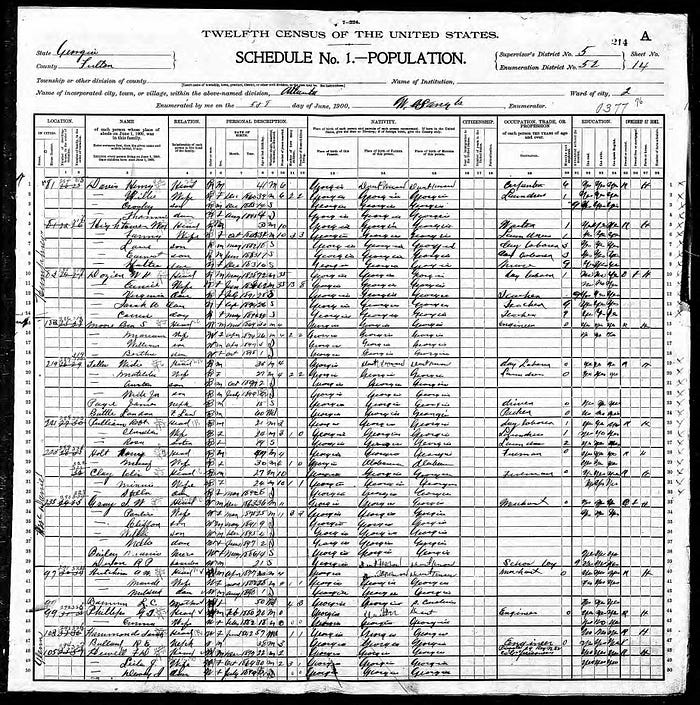
At the time in 1912, Leo Frank was 28-years-old and had been married for 2-years to Lucille Selig who was then 24-years-old (she was born in February 1888).
Leo Frank seduced the young Hewell girl, inseminated her, and immediately after his adulterous statutory rape of the child, he slithered down between her legs and bit her so sadistically, he left her physically and mentally scarred for life. The pregnant teen was consequently shipped off from Georgia to the Good Sheppard Home For Unwed Mothers in Cincinnati, Ohio. Thereafter, she seemingly vanishes from history. We are still trying to track her down to find out what happened to Leo Frank’s “love child”.
After all this time we are left with unsettling questions about Ms. Hewell:
- Firstly, was Leo Frank’s lovechild a boy or girl?
2. Secondly, did Leo Frank’s bastard child ever grow up to have children?
3. And lastly, does Leo Frank have a living genetic heir at present?
With forensic breakthroughs in genetic genealogy (Golden State Killer), we may find out in the decades ahead.
Modern Computer Information Technology and Historiography
The great breakthrough of our time is the legal records of the Leo Frank appeals have been scanned by government researchers in Atlanta and put online (one of many such related collections, the 1,800 page Leo Frank Case Georgia Supreme Court records are published on Flickr.com, and elsewhere at the Leo Frank Online Research Collection). Scutworkers have been following-up, by diligently transcribing the digitally scanned image-based legal records into text so that search engine and data mining software tools can be utilized on the upwards of 3,000 pages encompassing the state and federal appellate records of the Leo Frank Case. A tertiary civil case that arose from the 1913 murder of Mary Phagan is the Pinkerton Detective Agency vs. The National Pencil Company in 1917, a case seldom explored by even those declared to be the most learned scholars of the Leo Frank case.
The Mythmakers
Almost without exception, the people who have claimed the loudest that Leo Frank was innocent have falsified and omitted significant portions of Frank’s trial transcript, examples include: Harry Golden (1964), Steve Oney (2003, 2009), Leonard Dinnerstein (1966, 1968), Elaine Marie Alphin (2010), The Samuelses’ (1956), David Mamet (2002), Ben Loeterman (2009), Matthew Bernstein (2009), Alan Dershowitz (1991, 1999), Donald E. Wilkes (2004), Jacob Goldfarb (1996), Richard Mamches (2019), Steven Lebow (1993, 2000, 2003, 2007, 2015), Nancy Thompson (1988) & Robert Seitz Frey (1986, 1988).
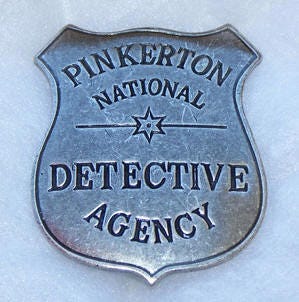
The some-200 page, 1917 decision on the case of Pinkerton Detective Agency versus National Pencil Company (censored by Archive.org), provides curious insights seldom discussed elsewhere as to why at the time, Pinkerton assistant superintendant-detective Harry Scott, came to quickly believe Leo Frank was the culprit during his inquiry into the mystery surrounding the Phagan rape-homicide. Ironically, Harry Scott was hired by the National Pencil Company treasurer Sig Montag to “ferret out the murder no matter who it is.” See: Framed by Stephen J. Goldfarb, American Heritage Magazine, Volumen 47, Issue 6, October 1996 as evidence which tends to show Leo Frank’s defenders seldom give balanced contextualization of official case-related legal records.
According to USG.EDU,
“ Stephen J. Goldfarb is an Atlanta resident and retired employee of the Atlanta-Fulton Public Library. He holds a Ph.D. in the history of science and technology from Case Western Reserve University. He taught history at Spelman College in Atlanta, and has written scholarly articles on the Leo Frank Case, New Deal Art, and the technology of steam engines.”

Trial and Appeals Records: Never Before Unprecedented Internet Access
It is now possible for people, who live exceedingly distant from the government buildings containing the Georgia legal records and archive offices, to travel back in time, for the purposes of extensive inquiry into learning precisely why Leo Frank was logically convicted. In doing so they will also learn why his academic defenders, who say Frank was innocent, have been working together as nefarious agenda-allies in a multi-generational conspiracy, to openly falsify the official legal records in the Phagan-Frank case.
The Frankites have successfully fabricated a fundamentally inaccurate version of history, a manufactured consensus in the cultural milieu. They believe that if enough academics with credentials say Leo Frank was innocent over the generations that eventually they will create enough historical weight to get him exonerated, and they do this with little regard for academic integrity. They have regrettably besmirched their academic credentials, suffering the related consequences associated with academic dishonesty, especially when one disgraces themselves as intentional history distorters. They have turned academia into a scholastic front of anti-Gentile ethnic warfare.
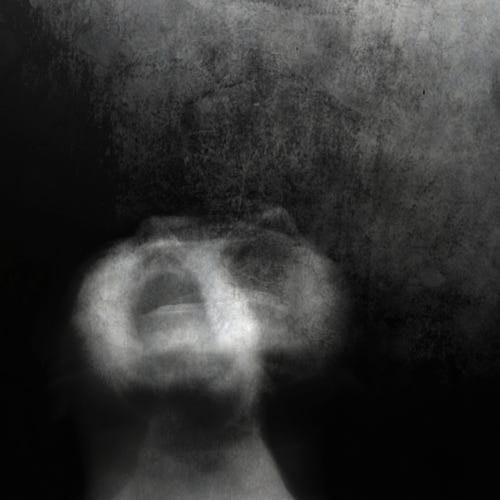
The Curiously Strange Psychology of Leo Frank’s Defenders
It is stupefying and befuddling, the number of credentialed journalists and well-known members of the academy, who would put their own ethnoreligion above impartial, or fair inquiry, and academic integrity — people who believe the illegal hanging of a convicted homicidal pedophile, warrants the walking-back of the charges, retroactive acquittal and that somehow it dismisses the copious evidence against him in the records of law.
The Twisted Psychology of Leo Frank’s Defenders: The Frankite Mindset
They have made it their mission to convince us of his innocence using every form of sophisticated trickery. Their academic fraud then becomes “the ends justify the means” to make his lynching invalid. If they can’t convince us of Leo Frank’s innocence then they believe his hanging is likely viewed by the public as a justified punishment for the pedophilia-homicide he committed. They oddly believe if a Jewish pedophile could be lynched, it puts the safety of other Jews at risk, especially those who commit violent sex crimes or are “Framed” by anti-Semites for such acts of murder and sexual assault. How long will it be until people claim Jeffrey Epstein, Anthony Weiner, and Harvey Weinstein were framed by anti-Semites? Is blaming Antisemitism for any negative reaction against Jewish criminality the new par-for-the-course?
Oney, Dinnerstein, and Frey, Exposed as Shamsters
According to Phagan-Frank case scholar, Dr. M. Cohen (2011) — who wrote scathing reviews on Amazon about journalist-authors Frey (including Thompson), Dinnerstein, and Oney — most of Frank’s modern info-warrior zealots, verifiably omitted or falsified 99% of the trial transcript of testimony, appeals records and affidavits, if the substance of the evidence was damaging to Leo Frank. Cohen transcribed almost 5,000 pages of primary Frank case’s legal documents and daily newspaper accounts of the trial so he could compare them with the transcription of the monographs by the above-said authors. He stated, “using information technology tools to analyze their books, one finds the sheer volume of fraud employed by these well-respected authors, to misrepresent the criminal affair is ungodly shameful”.
Objective students of the Phagan-Frank case openly acknowledge, without state sanction, vigilante lynching against any man or woman, no matter what their crime, to be undeniably illegal and immoral, but by the same token, we might ask the question:
What is it about the lynching of a homicidal Jewish child molester, which causes his most fanatical coreligionists to be so readily willing and able to dishonor themselves by engaging in mendacious academic chicanery with regards to the hard facts of this true-crime?

The Information Age Makes Blatant Academic Dishonesty Almost Impossible To Get Away With.
Education in the West is in a major crisis, tech-savvy Millennials using advanced computer and information systems are calling out the institutions of collegiate and graduate study as citadels of self-important intellectual fraudsters and activist cockalorum. The high profile men and women who have embraced the historical mantle of the Leo Frank partisan agenda over the last generations, with lofty academic degrees, seemingly quote, and regurgitate each other, while providing almost copycat-like analysis of each other over the decades, but using variant words from the thesaurus’ lexicon population (Ref: Leonard Dinnerstein’s Leo Frank Case is a Pseudo History, The American Mercury, Dashfield, 2012).
“The Mary Phagan Neck and Shoulder Fang Scar Rumor”
Using data mining tools, Artificial Intelligence (A.I.) and analyzing what has been written about this contentious affair, we have discovered most of the hagiographical scholarship on Leo Frank involves cultural Marxist academics repeating, with slight modifications (rewording it to fit their own style of writing), what other pro-Frank academics falsified about the true crime.
Very little honest and independent inquiry into the primary legal files is conducted with a commitment to accuracy by the said Frankite partisans. The incompetent architectural design of history-spinning by these charlatan historians is coming unglued, with the demands of Millenials for more rigorous “trust but verify” approaches to historiography.
The books about the Leo Frank case by Harry Golden, The Samueleses’, Steve Oney, Leonard Dinnerstein, Robert Seitz Frey, Elaine Marie Alphin, Bernstein, and others can not be recommended for dispassionate historical inquiry.
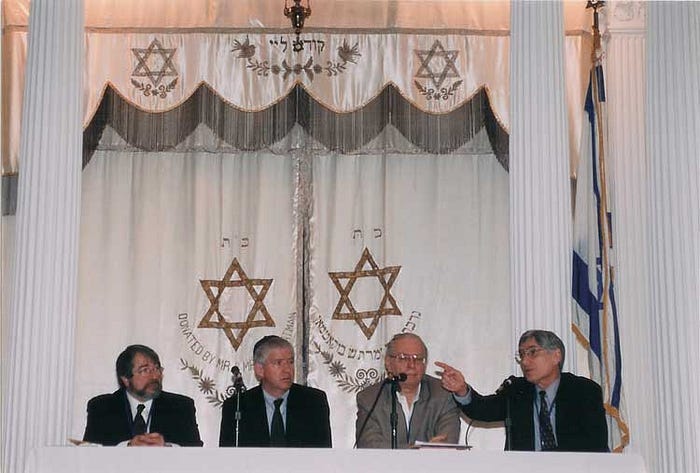
When Steve Oney (And The Dead Shall Rise, 2003; Atlanta Magazine, July, 2019) and Leonard Dinnerstein (
; The Leo Frank Case, 1968), claim there were human teeth indentures found on Mary Phagan’s neck and shoulder, which didn’t match the x-rays of Leo Frank’s mouth x-rays, and that these alleged medium opacity sheets were surreptitiously kept out of the trial, but were ostensibly exonerating the convict — these authors were committing egregious acts of dishonesty. We can easily search for these keywords in the news reports from the transcribed Georgia and federal legal documents of Leo Frank appeals and see for ourselves they don’t exist. The rumor was created in 1964 by a hack journalist Pierre van Paassen in his autobiography “To Number Our Days”.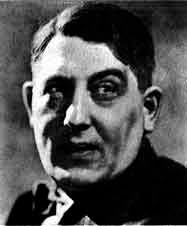
The excerpt that discusses the case of Leo Frank and Van Paassen’s discovery of photographic X-ray evidence exonerating Leo Frank, pages 237 and 238:
The Jewish community of Atlanta at that time seemed to live under a cloud. Several years previously one of its members, Leo Frank, had been lynched as he was being transferred from the Fulton Tower Prison in Atlanta to Milledgeville for trial on a charge of having raped and murdered a little girl in his warehouse which stood right opposite the Constitution building. Many Jewish citizens who recalled the lynching were unanimous in assuring me that Frank was innocent of the crime.
I took to reading all the evidence pro and con in the record department at the courthouse. Before long I came upon an envelope containing a sheaf of papers and a number of X-ray photographs showing teeth indentures. The murdered girl had been bitten on the left shoulder and neck before being strangled. But the X-ray photos of the teeth marks on her body did not correspond with Leo Frank’s set of teeth of which several photos were included. If those photos had been published at the time of the murder, as they should have been, the lynching would probably not have taken place.
Though, as I said, the man died several years before, it was not too late, I thought, to rehabilitate his memory and perhaps restore the good name of his family. I showed Clark Howell the evidence establishing Frank’s innocence and asked permission to run a series of articles dealing with the case and especially with the evidence just uncovered. Mr. Howell immediately concurred, but the most prominent Jewish lawyer in the city, Mr. Harry Alexander, whom I consulted with a view to have him present the evidence to the grand jury, demurred. He said Frank had not even been tried. Hence no new trial could be requested. Moreover, the Jewish community in its entirety still felt nervous about the incident. If I wrote the articles old resentments might be stirred up and, who knows, some of the unknown lynchers might recognize themselves as participants in my description of the lynching. It was better, Mr. Alexander thought, to leave sleeping lions alone. Some local rabbis were drawn into the discussion and they actually pleaded with Clark Howell to stop me from reviving interest in the Frank case as this was bound to have evil repercussions on the Jewish community.
That someone had blabbed out of school became quite evident when I received a printed warning saying: “Lay off the Frank case if you want to keep healthy.” The unsigned warning was reinforced one night or, rather, early one morning when I was driving home. A large automobile drove up alongside of me and forced me into the track of a fast-moving streetcar coming from the opposite direction. My car was demolished, but I escaped without a scratch….
Source: To Number Our Days by Pierre van Paassen (see pages 237, 238 about the Leo Frank case):
WWW: http://archive.org/details/ToNumberOurDaysByPierreVanPaassen
The scholarly debunking of the Mary Phagan bite wound hoax by Sarah Cohen
“In reality, X-ray technology was in its infancy in 1913, and it was never possible to X-ray bite marks on the skin in 1913 or today (ask any X-ray technician). Vehicles had virtually no safety features to speak of in 1922, so the chances of someone walking away “without a scratch” from a head-on collision is a bald-faced lie. Was Leo Frank’s appeals attorney named “Harry Alexander” (false) or Henry Alexander (correct)? Leo Frank was not lynched on his way to his murder trial in 1913. He was tried and sentenced to death by Judge Leonard Strickland Roan on August 26, 1913. The hanging took place nearly two years later on August 17, 1915. Leo Frank went on trial in Atlanta, not 170 miles away in Milledgeville where the hoaxer suggests the trial was scheduled.
Oddly enough, even though the ‘Mary Phagan bitemark hoax’ has been thoroughly debunked by modern scholars and forensic scientists, 21st century efforts by primarily Jewish activists and lesser extent Gentile liberals, to exonerate Leo Frank with fabricated evidence in the popular culture, continue citing the disingenuous rumors created by Pierre van Paassen as evidence of Leo Frank’s innocence.”
— End of Sarah Cohen’s 2012 debunking of Pierre van Paassen’s 1964 Phagan bite wound hoax.
(please verify):
In 1923, at the height of the Ku Klux Klan's power,
a foreign journalist, working for The Atlanta Constitution,
became interested in Leo Frank and went back to study the
records of the case. He came across some x-rays showing
teeth indentures in Mary Phagan's left shoulder and com-
pared them with x-rays of Frank's teeth — but the two sets
did not correspond. On the basis of this, and other in-
sights garnered from his investigation, the newspaperman
wanted to write a series "proving" Frank's innocence.
One anonymous correspondent sent him a printed note: "Lay
off the Frank case if you want to keep healthy, " but this
did not deter him. What did thwart publication, however,
was the effort of prominent Atlanta Jews, fearing reper-
cussions, who prevailed upon the Constitution's editor
to refrain from print the articles. The Antidote
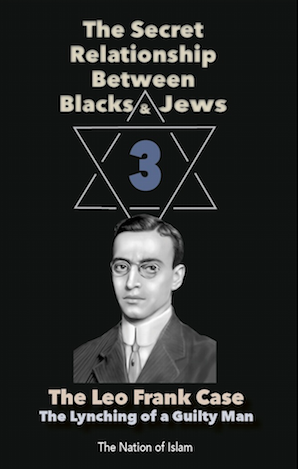
While clearly afro-centric biased (and at many times openly disparaging of Jews and Whites), the NOI research group at the very least has produced one of the most insightful and compelling books on the lynching of Leo Frank, based on authentic old fashioned scholarship (Tune-in to the 2018–2019 American Mercury audio serial, ‘Secret Relationship Between Blacks and Jews Volume 3, The Leo Frank Case’, 2016).
Given all the historical inaccuracies promoted by those who have attempted to apotheosize Leo Frank, from that of a sadistic child molester into a saintly civil right martyr, it’s difficult to fathom an Afro-separatist Muslim organization like the Nation of Islam would be able to produce a tome which is as of 2016, the definitive treatment on the Leo Frank case, despite some of its minor errors of inconsequential nature (more on that at a later time, when a detailed review of the monograph will be published). This is the best book available on the sociological implications of the Leo Frank case.
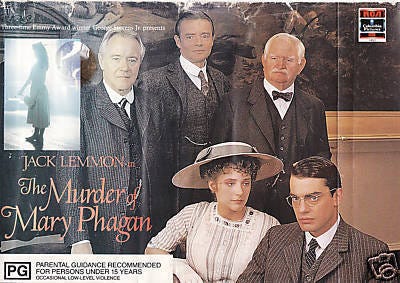
By traditionalizing the exposition of pathological lies from Hollywood (Profiles in Courage, 1964; The Murder of Little Mary Phagan, NBC made-for-TV, two-part miniseries, 1988) to Broadway (‘Parade’ the Leo Frank Musical, 1998, onward as it is still featured in theaters today), and everywhere in-between at academic institutions— a web of lies involving many “distinguished” professionals among the activist intelligentsia emerged, and will undoubtedly over future generations to come, continue the tradition of lying for Leo Frank, long after their ideological heirs’ lives expire. Leo Frank’s defenders have thus successfully codified a factually incorrect orthodoxy on the case’s outcome in the popular culture that just might stand the test of time.
Frank, they suggest, wasn’t lynched because he, ostensibly, mutilated Mary Phagan’s face with his volley of clenched, white-knuckled fists, followed by raping her and strangling-to-death the child, OH NO, he was lynched simply because of he was Jewish and anti-Semitism was rampant at the time (See the ADL’s anti-Gentile 90th-anniversary monument at Mount Carmel Cemetery, Queens, NY). The old anti-Semitism trick in full play chiseled into granite!
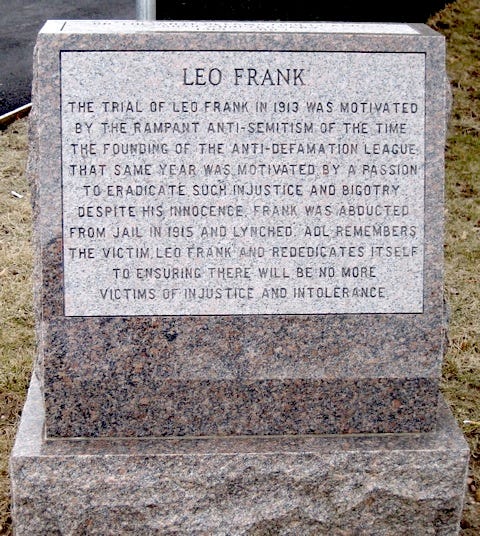
Yet, Jews and Gentiles were prolifically going into business together during the 18th, 19th and 20th century, marrying each other left and right (see: pre-1940 census data now in the public domain), and having lots of babies together, but then suddenly this well documented, and real-life reality, gets turned on its head for a lacrymose political narrative, a show business style remaking of history, where Jews were long ago, supposedly, second class citizens, like African-Americans, and they were working together “Jew and Negro” in a mutual life or death alliance, struggling for upward mobility against the evil White goyim oppressor. This tawdry mellow drama being pushed today by Frank’s enthusiasts and Jewish historians is not believed by any serious Black American scholars. In fact, many Black scholars are amused and incensed that Jews would claim their immigrant experience in the continental Americas (North and South America) was anything even remotely like those of African slaves.
This newfangled contemporary upside-down version of the way things were in the long-ago American South, presents Jews, and European-American Gentiles at odds with each other, not bedmates and business partners. The White racial separatist culture of the American South, which Jews benefited from disproportionately, now becomes, Jews and Blacks were bosom buddies in the struggle for equality against the White anti-Semitic oppressor. It doesn’t hold water. Census data indicates compared with White Gentiles, the White Jews in the Antebellum South, disproportionally had low wage black servants (what they called House Negroes at the time) and chattel African slaves attending their agricultural businesses.
This is precisely why revisionism is a double-edged sword, sometimes it cleaves us closer to the truth, or kills the pursuit of truth in its tracks. But census data reveals Jews benefited more than any other ethnic group in the United States from slavery and low wage negro household labor, so their history books saying otherwise belong in the re-labeling bin of pseudo-history.
The disfigured version of the American South: “Jews Like to Study the Torah in Sodom and Gomorrah”
As a liberal-centrist Jew with two Jewish parents, and one who lives below the Mason-Dixon line, I am deeply offended by the misogyny, anti-Gentilism, ethnic warfare, and twisted agitation being stirred up against Southerners of Euro and Afro descent, by some of my trouble-making coreligionists, who have tried to frame the American South as some kind of anti-Semitic Sodom and Gomorrah. It’s a modern fabrication to say Jews were oppressed in the historiography of U.S. legal matters and social politics. The odd hotel or country club which disallowed Jews or restrictive quotas at elite Universities is a drop of inconvenience in the ocean of discrimination compared to the African experience in the younger American days when put in a side-by-side evaluation.
Even though it defies all common sense and credulity, we are supposed to believe the new modern preconceived narrative that the leading men in the government of Georgia organized a ‘vigilance committee’ as they called themselves (not the ‘Knights of Mary Phagan’, the name which is fabricated folklore), drove all the way from Atlanta to Milledgeville, and then from Milledgeville to Marietta — some 250 miles round-trip today, or approx. 300 miles back then in 1913, when the road infrastructure was less developed — at a top cruising speed of 18 miles an hour, just to lynch a Whiteman because he happened to be Jewish. It’s preposterous on its face.
It never occurred to the promoters of this anti-Gentile conspiracy theory about “why Leo Frank was really lynched: anti-Semitism”, that Atlanta had the highest concentration of Jews in the American-South at the time, and there would have been much easier targets there in that capital city, if it was all supposedly about anti-Semitism as they claim. Moreover, today, Tom Watson‘s supposed influence at the time is being hyperbolically overstated in modern times by Leo Frank enthusiasts, who claim he caused the August 17, 1915, lynching.
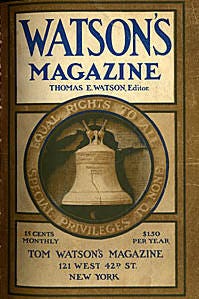
The influence attributed to Watson’s 1915 Jeffersonian monthly Magazine articles about the Leo Frank case are wildly overstated. Watson is even accused of using his ink feather pen and press machinery to distort Leo Frank’s trial, but Watson did not write about the notorious 1913 trial until 1914 in his Jeffersonian weekly paper and he also wrote 5 articles on Leo Frank’s odyssey in his Watson’s Magazine issues of 1915. Now that all of Watson’s publications have been digitized, we have incontrovertible proof he wrote nothing in his publications about Leo Frank's day-in-court during the mid-summer of 1913.
With mockery it makes “total sense” the lynching party would waste all their daytime and nighttime, some 16-hours roundtrip, driving on pot-holed back roads by day to reach Milledgeville, and again on the way back in black inky darkness on their midnight ride, to reach Marietta by dawn, when there would, in fact, logically be much easier Jewish targets locally in Atlanta proper. Thus, we are conditioned to believe mythology-prejudice was the primary reason for the unauthorized execution of a convicted strangler-pedophile, “not” because of his ghoulish sex-crime — implying that’s just a sidelight or a throwaway detail, but instead we are proselytized to believe “it was all ultimately about Frank’s religion!” Utter poppycock by the screechers!
Frank’s traditionalist belief system and ancient faith had nothing to do with his lynching. Between 1850 and 1950 there were nearly 3,000 to 4,000 lynchings in the United States, and 40% of those victims were White Christians, primarily for sex crimes. Their Christian religion had nothing to do with their lynching either, nor did Frank’s Jewishness have anything to do with his lynching, it was all about what he had gruesomely done to the little girl. He not only defiled her sexually, but he mutilated her cadaver in an effort to trick the police into thinking a mild-mannered boss could not have done it.
Considering thousands of Christian White men had been illegally hung from trees for sex crimes, does anyone think if Leo Frank had been a Christian he would not have been illegally hanged (lynched) for sexually assaulting, strangling, and mutilating the child? Being of European descent and being raised in Christian mythology never precluded any extrajudicial victim from being lynched. Up until 1894, some sources claim more Whites were lynched than Blacks.
The amazing thing is these Frankite professional falsifiers of history literally believe their own lies and we’re supposed to also, or else we get conflated and labeled with pejoratives that are meant to equate people with being outside the Overton window. They siege minded have created an industrial complex of sorts to fight against anyone who disagrees with them. They have even labeled Jews as being Nazis for disagreeing with their pro-Frank false evidence. Jews are being called Nazis for NOT believing that “Leo Frank was an innocent man who was framed because of anti-Semitism.”
The Anti-Semitism Canard
Examples of anti-Semitism in the old south are scant, the exact opposite was actually the norm of the time for centuries, with few exceptions. The prevailing social culture of the South was philosemitic, and intermarriage was higher per capita there than anywhere else in the nation. The Jew Judah Benjamin’s face was on the front side of Confederate currency, and Jews disproportionately owned slaves and had low-wage black servants living in their homes (census studies show factually).
Now with the stroke of a pen, reality is tongue twisted, and then suddenly Southern Hebrews are the “brothers from another mother” of Blacks, and the enemies of White separatist culture, even though Jews benefited tremendously from the privilege of being considered of European Descent in the United States of America. Jews prospered from the traditional White Separatist culture of the South which welcomed them with open arms and Jews were considered to have one of the lowest crime rates at the time, with rare exceptions of course.
Jews who made up less than 2% of the population were regularly elected as leaders to politically powerful institutions like the chamber of commerce, for instance, directors of school boards, mayors and other institutions of political or financial influence. Intermarriage between Jews and Gentiles was so common in the American South, Rabbi Marx of the Hebrew Benevolent Society (called the Temple today) moved the Sabbath to Sunday after Church, so Jews could go to the Synagogue after attending Protestant services with their spouses. Therefore, so much for the false victim mythos of Jews being “the other” in the American South.
Information Technology and the Leo Frank Affair
Now with all the English language books ever written about the Leo Frank case since 1913, having been optically digitized using the latest scanning technology devices, it can be proven with scientific accuracy that Pro-Frank supporters collectively have utilized the Big Lie technique with tremendous efficacy for shaping the dominant orthodox narrative at present, over plenty of lifetimes. Leo Frank’s co-religionists in collaboration with Gentile ideological defenders, all basically propound, almost exactly, the same predetermined narrative of his supposed stoic innocence against the torrents of irrational hate.
Using different synonyms, and syntax formulations to repeat, expand upon and support each others’ nearly identical claims, we can now put those claims into organized categories, such as: “What did Leo Frank’s defenders say about such and such topic”. With this encyclopedic approach, we can clearly see their design at work and in practice. Search engine bots scour the Internet daily for new articles written about the Leo Frank case and email us these articles within nanoseconds. Any new articles which come out about the topic, having given us unprecedented sky-high surveillance capabilities, enable us to see the network of lies being developed by those who have a vested interest in maintaining this weird Jewish public relations orthodoxy on Leo Frank.
The Leo Frank House of Cards
This traditional/developmental tendency can accurately be described as the Frank partisan house of cards, explaining how regressive, politically correct, grievance-based promoters of Jewish-Gentile conflict, act as a subversive collective in the United States, fomenting ethno-culture conflict and race wars to engender crisis-based unity within the tribe.
The Anti-Gentilic Perspective
Using global bots to aggregate news and discussion content, we can collectively witness firsthand the latest manufactured paradigms of the Leo Frank partisanship-clan, fabricated conclusions which are essential to their narrative, every one of us must gang-up on White Gentiles with false accusations of anti-Semitism. White goyim either in one paradigm were duped by the “mesmerizing” African-American Jim Conley, or the other paradigm, the police trained like a parrot Jim Conley to frame Leo Frank. This is the latest ping-pong game by the history distorters who use their pedigrees and credentials to rehabilitate Leo Frank, and we can witness it at lightspeed in the information age by aggregating examples between 1913 and the present.
The First National Jewish Cause Celebre in the United States of American
Leo Frank was given every opportunity to appeal his case with the most competent attorneys that money could buy. With even the famed Louis Marshal, Adolph Ochs and Albert Lasker financially backing him during his appeals, and supporting him in person by being present during his petitions to appellate court hearings, these involved petitions which were rejected in both majority and unanimous decisions in 1914 and 15 by the Supreme Courts of Georiga and the United States.
This quote sums up perfectly pro-Frank sentiment developed over the last ten decades:
“When a well-packaged web of lies has been sold gradually to the masses over generations, the truth will seem utterly preposterous and its speaker a raving lunatic.” — D. James
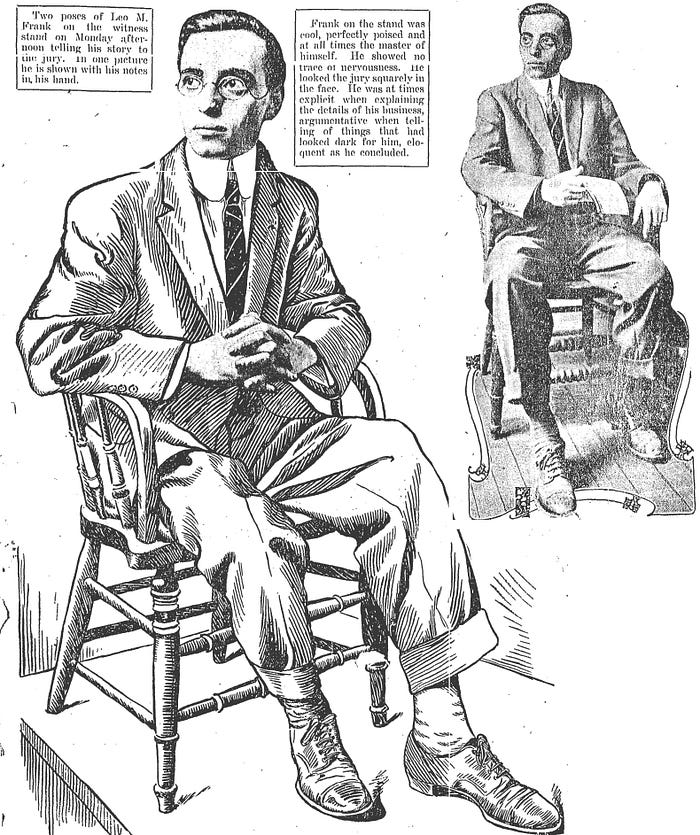
The Open Secret: Leo Frank Incriminated Himself Beyond Escape
At the Mary Phagan murder trial, an alibi changing acknowledgment was made by the defendant Leo Max Frank which forever altered the whole dynamic of the courtroom stage set by the defense. While most of Leo Frank’s defenders claim the trial was based on rumors and hearsay, others claim it was wholly based on circumstantial evidence. But, Leo Frank had given direct evidence on the witness stand of who was in the metal room where the forensic evidence had ostensibly deduced the murder initially first occurred.
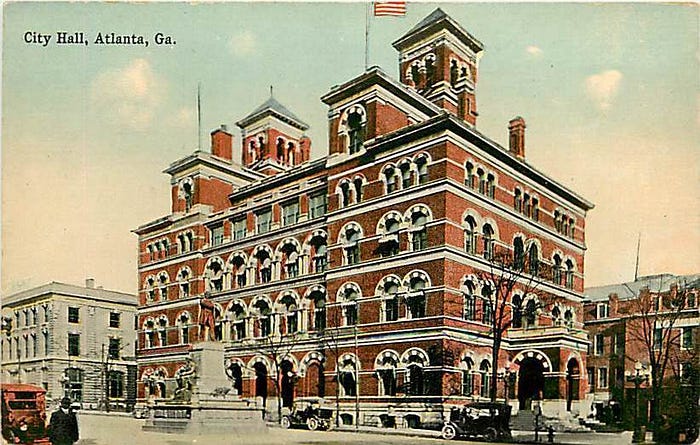
The month-long State of Georgia versus Leo M. Frank courtroom drama, held within Georgia’s Fulton County Superior Courthouse began on the afternoon July 28th, 1913. Mary Phagan’s mother was the first to testify, followed by Newt Lee, whose testimony carried over to the next day.
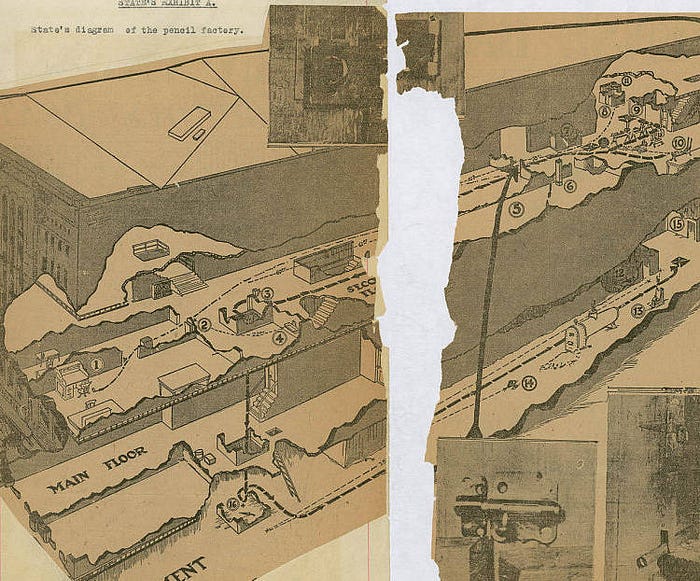
The main event of the trial began on the first day of the third week of the Mary Phagan murder trial, Leo M. Frank the defendant was called to be seated on the witness stand to give orally his own handwritten peroration. He opted not to be direct-examined or cross-examined, only to tell his side of the story and he refused to be sworn under oath, unlike everyone else who testified from the witness stand. Leo Frank was the only person at his trial who refused to take the oath of honesty on the Torah, where you “swear to tell the truth, the whole truth, and nothing but the truth”.
Frank arose from the defense table in the early afternoon at a quarter past 2 pm on Monday, the 18th day of August, he verbally delivered an unsworn, four-hour, statement from a note pad to some-200 spectators present in the audience of the courtroom.
Some defense witnesses had described him as a high-strung nervous man, yet stylistically he testified from the hot seat, for the most part, with the mostly flat, cold, confident and calculating tone of an accountant, as if calmly, going over boring tabulation charts of his business-oriented computations he performed on the day of the murder, but at times, he oscillated dramatically, seeming for considerable lengths of time to be manifesting hyperactive fits of hysteria. He would stand up and frenetically pace in front of the jury, as accurately illustrated (surprisingly) in the docudrama ‘People v. Leo Frank’ (Ben Loeterman and Steve Oney, 2009).
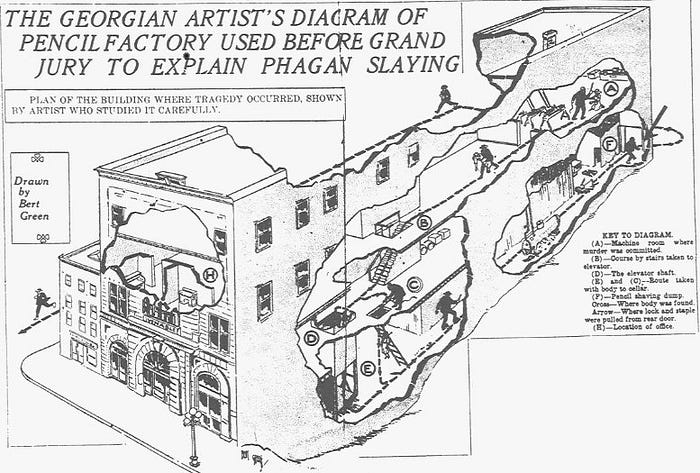
Most of Frank’s bipolar melodrama during his loquacious speech were about inconsequential subjects, instead of what he actually needed to tell everyone, which were explanations from his own position or point of view about the important issues at stake.
Everyone wanted to know this vexing question:
Where had Leo Frank been during the moment Mary Phagan had entered and left his 2nd-floor business office. The contentious curiosity arose when Monteen Stover had testified he was not there in his office between 12:05 pm and 12:10 pm, at the time he formerly claimed to police in a deposition he was alone with the murder victim between 12:05 pm and 12:10 pm (see: State Exhibit B, Monday, April 28, 1913, Leo Frank’s Deposition at the Atlanta Station House; Q & A: Atlanta Constitution, August 2nd, 1913).
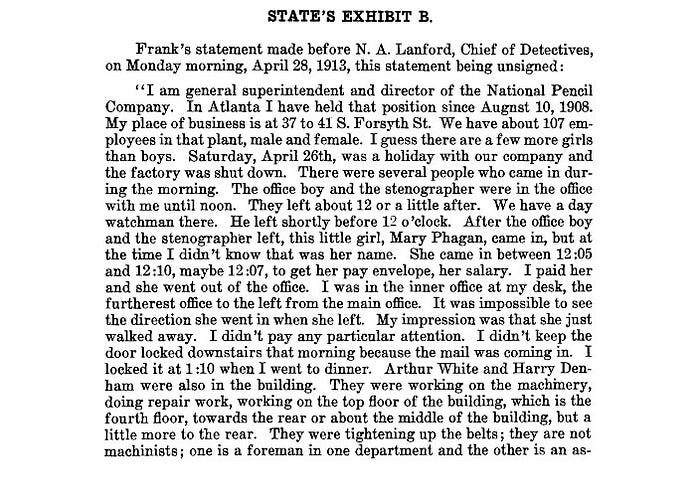
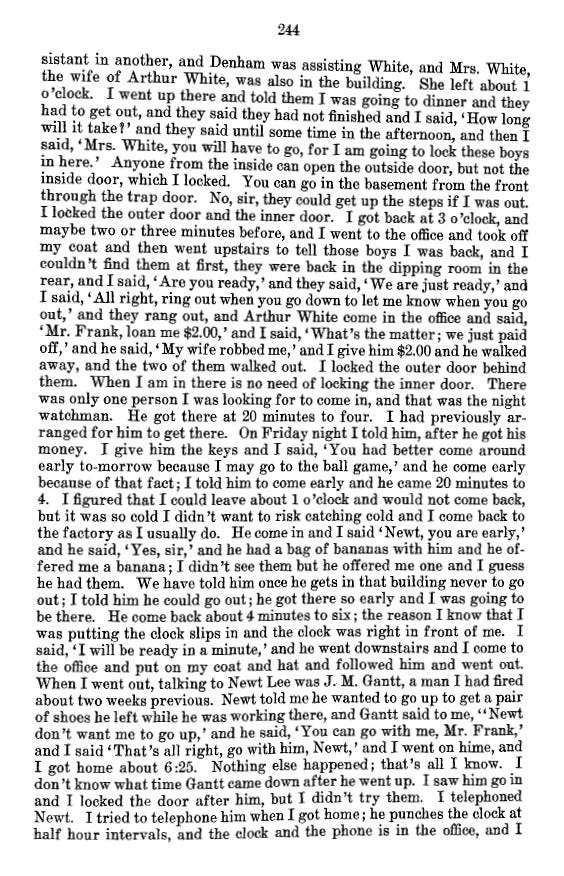
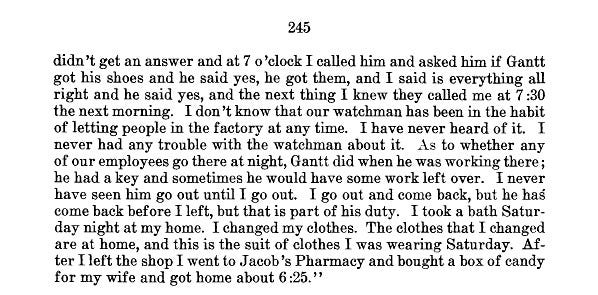
The Cliffhanger: The single most suppressed event in the history of the courtroom drama’s retellings!
Frank surprisingly revealed something electrifying about his whereabouts at the time and place the prosecution had theorized the Phagan murder initially had happened. A significant portion of people in 1913 and even today are unaware, Leo Frank solved the murder of Mary Phagan from the witness stand and have not the foggiest inclining of how he might have done it.
It is truly, unequivocally, and factually, the century-in-duration — open secret — of the whole affair, which Frank’s defenders have never articulated and wouldn’t dare bring up in discussions about the case, because it would bring attention to something they do not wish to bring anyone’s focused attention to. It’s was so incriminating that when non-partisan people learn of it, they can no longer believe, even remotely, Leo Frank was innocent.
OH BY THE WAY! OOPS!
There was an “oh by the way” statement which his detractors at the time, or today, may have considered a pitiful cry of mercy, as it gave off the sheen and flavor of a virtual confession — at the very least it was self-incrimination to the highest level, which made it impossible for the reasonable-minded jury to acquit him.
The newfangled alibi revelation by the defendant is the reason many impartial students of the Leo Frank case, who believe Leo Frank’s conviction was logically derived by the jury, is based in part on this single incriminating statement being tantamount to a “confession”. Of course, we all know a confession, according to the Webster dictionary, is: “ a written or oral acknowledgment of guilt by a party accused of an offense” and with regards to Leo Frank, he had claimed his innocence publicly. So this was no confession, or was it?
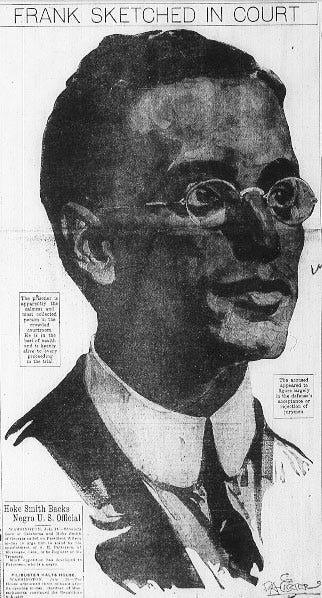
Mr. Leo Max Frank inadvertently revealed the possible solution to the murder mystery regarding who likely killed Mary Phagan in the machine department (metal room) and at what approximate time the crime occurred.
Now that open secret is something which few people know about today as of this writing in 2018, given most of the mainstream published works available to students of the Mary Phagan sex-murder case at present, are rooted in Frankite propaganda. Back then, Some of the spectators who hadn’t been closely paying attention, likely, didn’t even realize the significance of what Frank said to the court about his supposed “unconscious” whereabouts.
There was no bathroom at the lobby of the ground floor. Not everyone knew the factory plat maps submitted as exhibits by the defense team, revealed that the only bathroom on the second floor was located inside the metal room where Mary Phagan worked and where Leo Frank raped and strangled her.
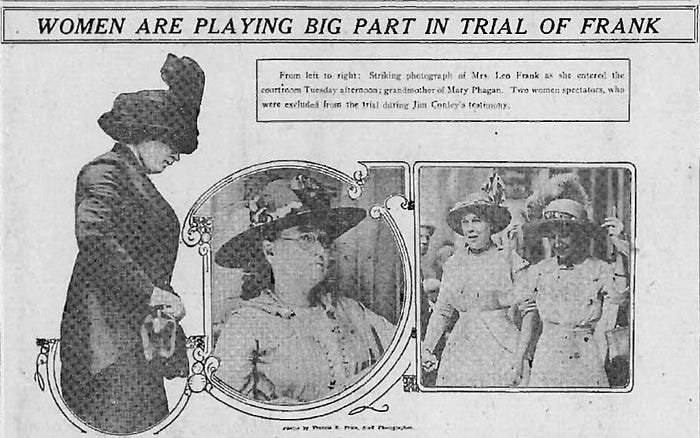
Here is how: The Epic Trial of 20th Century Southern Legal History Unfolded.
The packed attendees sat in the tight outer arena at one of the most hotly contested legal events in the jurisprudent-history of Georgia’s legal annals. Numerous emotional challenges by the defense would be levied and newspapers reported every one of these occurrences, with very nuanced and detailed descriptions. Nestled deep within the hard butt-breaking folding seats of the courtroom were the luckiest of public spectators, defense and prosecution witnesses, news journalists, government officials, police, and courtroom staff.
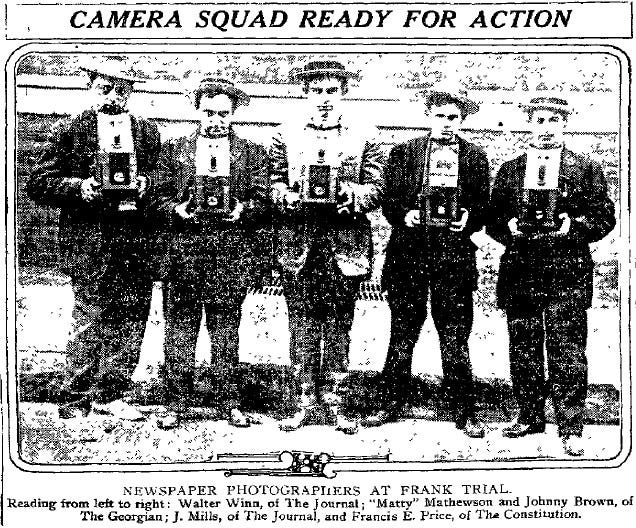
Like intellectual warriors inside an arena, in the center of it all, with their backs to the audience, seated in wooden ladder-back folding chairs, were the most important principals. They were the State of Georgia’s prosecution team, made up of three members, primarily led by Frank Arthur Hooper and district attorney Hugh M. Dorsey (1871–1948) — assisted by E.A. Stephens. Against them were eight Leo Frank defense counselors, led primarily by Reuben Rose Arnold (1868–1960) and Luther Zeigler Rosser (1857–1923).
The presiding judge, the Honorable Leonard Strickland Roan (1849–1915), sitting in a tall leather chair, was separated by the witness stand from the jury of 12 White men who were sworn to justly decide the fate of Leo Frank.
Squatting between the judge’s rostrum and the witness chair, sitting on a low stool-chair by the ledge of the bench’s foot rail, was a stenographer capturing the examinations. Stenographers in short-hand hieroglyphics scribbled away with pencil on legal cap paper throughout the trial and were switched in intermittently. The testimony was also auditorily recorded to ensure the accuracy of daily transcriptions. Unfortunately, the audio recording of the trial did not survive. How amazing would that be if we could be lucky enough to listen to an audiobook of the Leo Frank trial!
Surrounding the four major defense and prosecution counselors were an entourage of uniformed security, plainclothed detectives, undercover armed policemen, and magistrates.
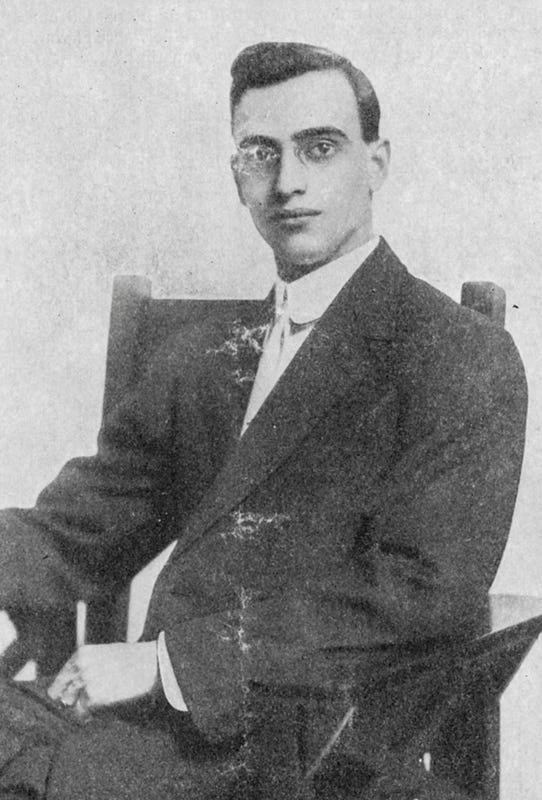
Leo Frank’s Most Well Known Photo: Leo Frank posing for Collier’s Weekly (see Flickr). In the picture above, seated in a witness chair, the fingertips of Leo Frank’s left-hand are firmly clasped around the base of a cigar, which is pointing upward from the region of his private parts. The significance of Leo Frank’s left fist would be revealed when evidence from the Mary Phagan autopsy — conducted in early May of 1913, by Dr. H. F. Harris — was reported during the trial (Mary Phagan had been punched in her right eye causing her to fall backward and thus slam the back of her head against the crank handle of a lathe in the metal room). At the Coroner’s inquest, one factory employee named Robert Barrett, described finding Phagan’s hair with dried blood-soaked on it, and the hair was stuck on the solid iron handle of his lathe. The Atlanta Journal provided a detailed sketch of the evidence while it was still on the lathe handle.
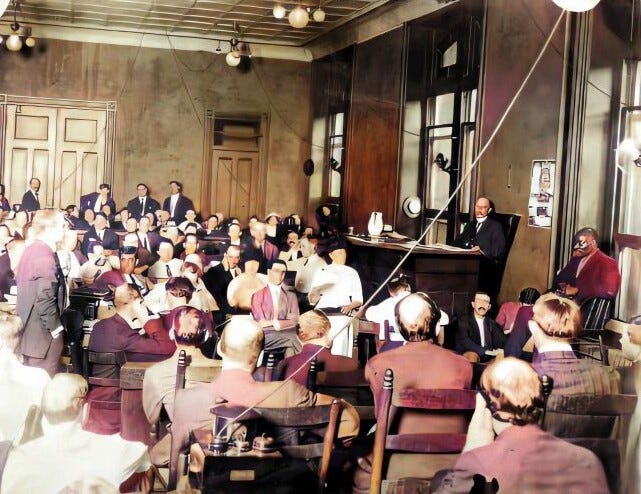
The first day of the 4-week-long Leo Frank trial began on Monday afternoon, July 28, 1913, in the morning of that same day the jury was formed. From there onward, the trial led to many days of successively more foreshadowing testimony. But the most exciting day of the trial occurred some 21 days later when the defendant finally sat down in the witness chair on Monday afternoon, August 18, 1913 — the testimony portion of the trial would end three days thereafter on August 21st, 1913, when closing perorations began.
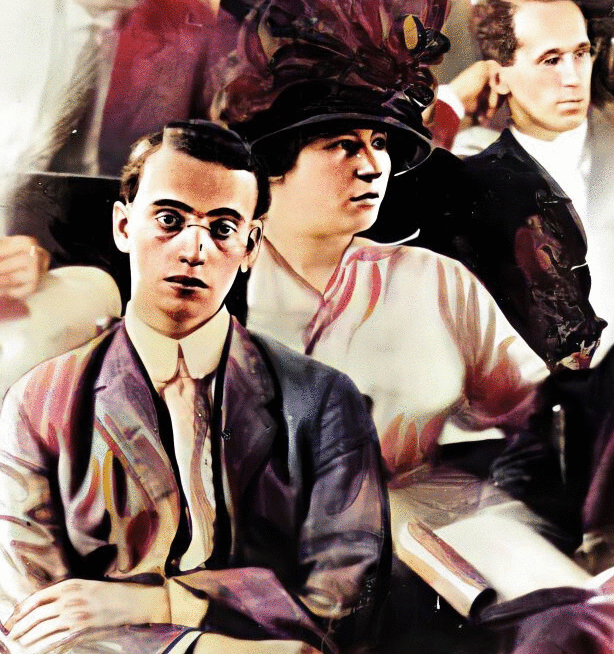
The Moment Everyone Was Waiting For….
What Leo Frank had to say to the court became the spine-tingling climax of the most notorious criminal trial in US history, and it was the moment everyone in all of Georgia, especially Atlanta, had waited for.
Judge Roan explained to the jury the unique circumstances and rules concerning the unsworn statement Leo M. Frank was to make. Then, at quarter past 2 o’clock pm, Leo Frank was called to speak. When he mounted the stand, a hush fell as hundreds of spellbound people jammed in the courtroom seats inhaled with breath and wonder. They were more than just speechless: They became breathless, transfixed, sitting on the edges of their seats, waiting with great anticipation for every sentence, and every word, that came forth from the mouth of Leo Frank.
But listening to his long speech became obnoxiously challenging at times. Little did they know Leo Frank had developed a reputation as a “gas jet” from his college days (see his 1906 Cornell University Senior Class Yearbook entry, p 79), and he lived up to it now with dense, mind-numbing verbiage (‘Who Really Solved the Mary Phagan Murder Case’ & ‘Did Leo Frank Confess?’, Cohen, 2012).
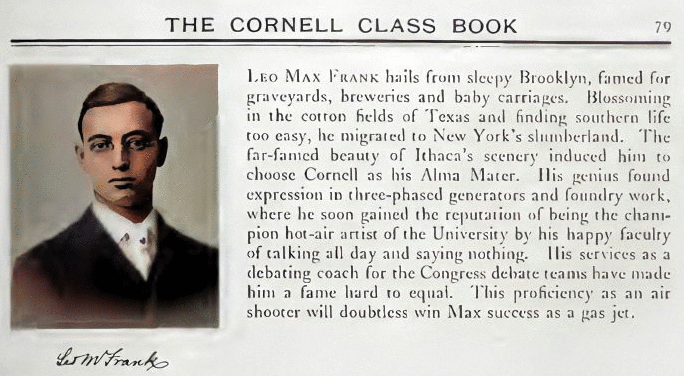
Image: Leo Frank’s reputation as a champion “hot air artist” — and service as a debating coach — shown in his college yearbook entry. He attended Cornell University at Ithaca, NY, from 1902–1906.
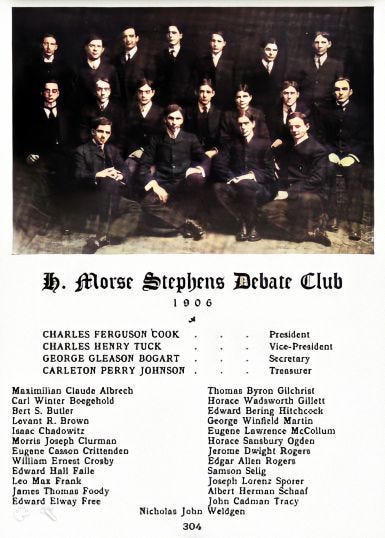
Almost 4 hours of Distractions and Endless Pencil Calculations
To bring his major points home during his almost four-hour speech (3 hours and 50 minutes to be almost exact, he finished he oral statement at 6:05 p.m.), Leo Frank presented original pages of his accounting books to the jury. For about three hours he went over, in detail, the accounting computations he had made on the afternoon of April 26, 1913. This was meant to communicate the idea to the jury that he had been far too occupied with adding up inventory to have had time to murder Mary Phagan on that fateful day nearly 15 weeks before. A modern analysis of those accounting records submitted as evidence at the trial, reveals he could have easily calculated them in well under 90 minutes, even at a slow pace.
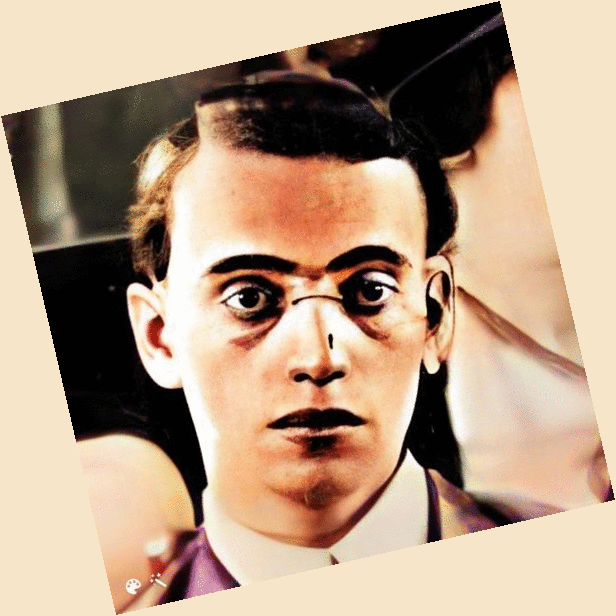
One dispute emphasized by the defense was over how long it took Frank to do the accounting books: Was it an hour and a half as some said, or three hours? Can either answer ever be definitive, though? No matter how quickly one accountant works, is it beyond belief that another could be twice as fast? All of the accounting records Frank had performed that day were submitted as exhibits at the trial and it is impossible to believe it would take him 3 hours to perform such simple computations.
The Curious Question Waiting to be Answered
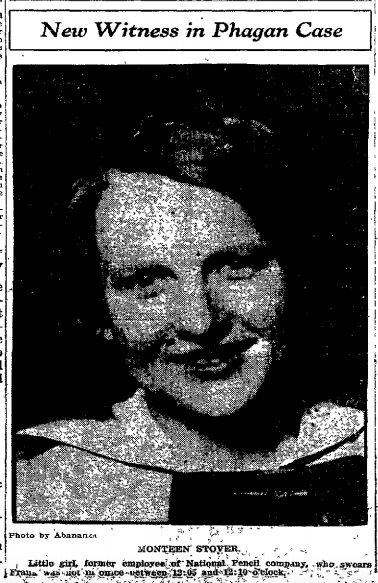
Image: Little Miss Monteen Stover, 14 years old and 5’2” tall.
The most important unanswered question in the minds of everyone at the trial was this:
Leo Frank stated he never left his office between noon and 12:45 pm on the day of the murder, so where had Leo Frank gone between 12:05 p.m. and 12:10 p.m. on Georgia Confederate Memorial Day, Saturday, April 26, 1913?
This was the crucial question because Monteen Stover had testified she found Leo Frank’s office empty during this full five-minute time segment — and Leo Frank had told police he never left his office during that exact time, when he claimed Mary Phagan was with him during this exact time in a deposition he gave to police on Monday, April 28th, 1913 (State Exhibit B). And the evidence (state of digestion of the food in her stomach from the autopsy, hair on the lathe, and blood on the metal room floor) had already suggested that Mary Phagan was murdered sometime between high-noon and 12:15 p.m., with the location of the murder strongly believed to be in the metal-room on the same floor as Frank. The metal room was a large machine department where employees worked to manufacture pencils and it was located opposite of where Leo Frank worked in his window-front office.
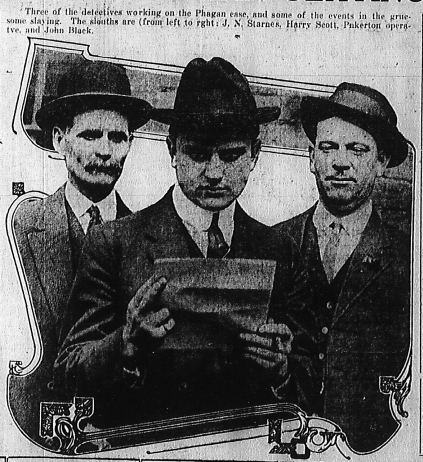
In the early days of the trial, two investigators, John R. Black, and Harry A. Scott, had testified that Leo Frank gave them the alibi that he had never left his office from noon until after 12:45 p.m. Thus at that time, if Leo Frank’s alibi henceforth held up, then he couldn’t have killed Mary Phagan during that time period the prosecution theorized the murder occurred.
Everyone in Georgia wanted to know how Leo Frank would respond to the contradictory testimony clashing with his alibi, given by Monteen Stover during the early days of the trial. And, after rambling about near-irrelevancies for hours, he did:
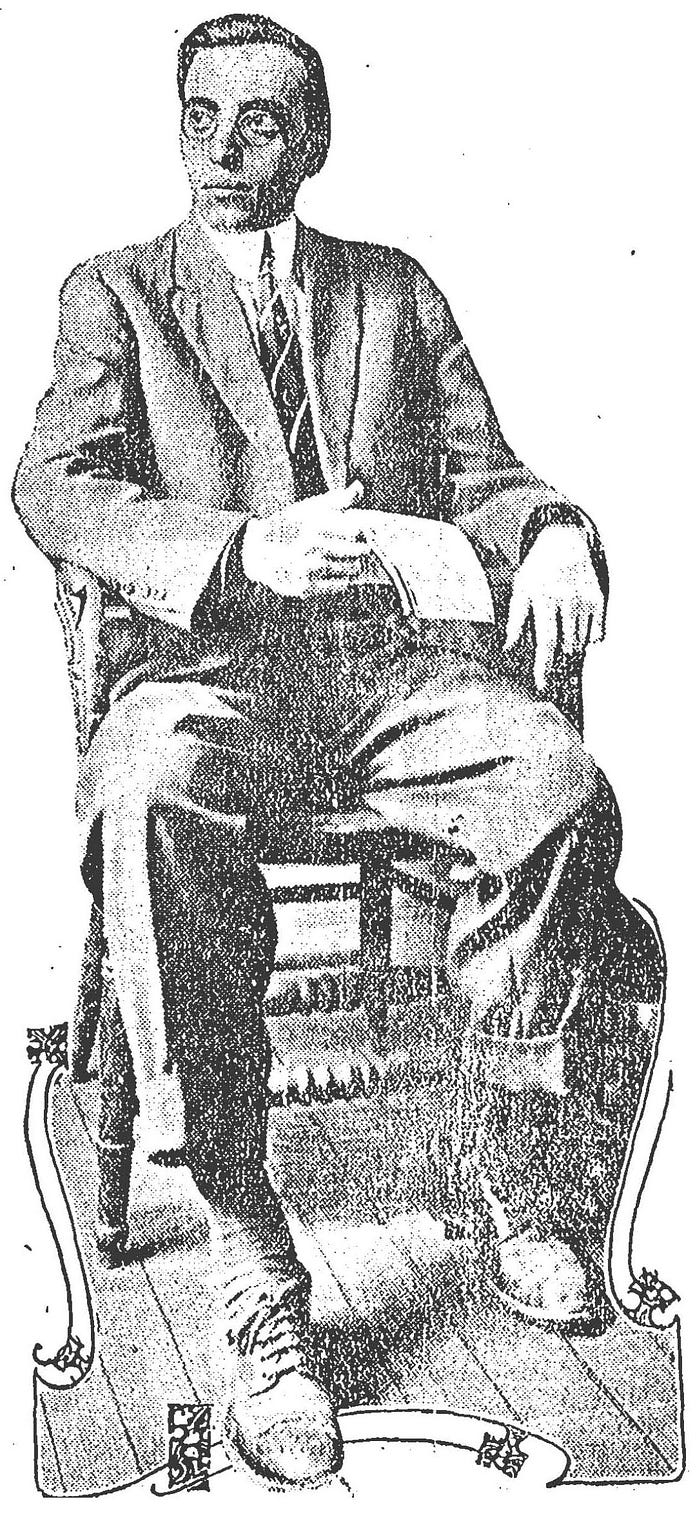
Now Gentlemen [of the jury], to the best of my recollection from the time the whistle blew for twelve o’clock [noon] until after a quarter to one [12:45 p.m.] when I went up stairs [to the fourth floor] and spoke to Arthur White and Harry Denham, to the best of my recollection, I did not stir out of the inner office [located at the front of the second floor]; but it is possible that in order to answer a call of nature or to urinate I may have gone to the toilet [located at the back of the second floor in the metal room].
Those are things that a man does unconsciously and cannot tell how many times nor when he does it.
Now, sitting in my office at my desk, it is impossible for me to see out into the outer hall when the [four foot tall] safe door is open, as it was that morning [on Saturday, April 26, 1913], and not only is it impossible for me to see out, but it is impossible for people to see in and see me there.
Source: Leo Frank Trial Brief of Evidence, Leo Frank’s statement to the jury, Monday afternoon, August 18, 1913 (the trial brief of evidence is a subset of the Georgia Supreme Court files on Leo Frank’s appeals).
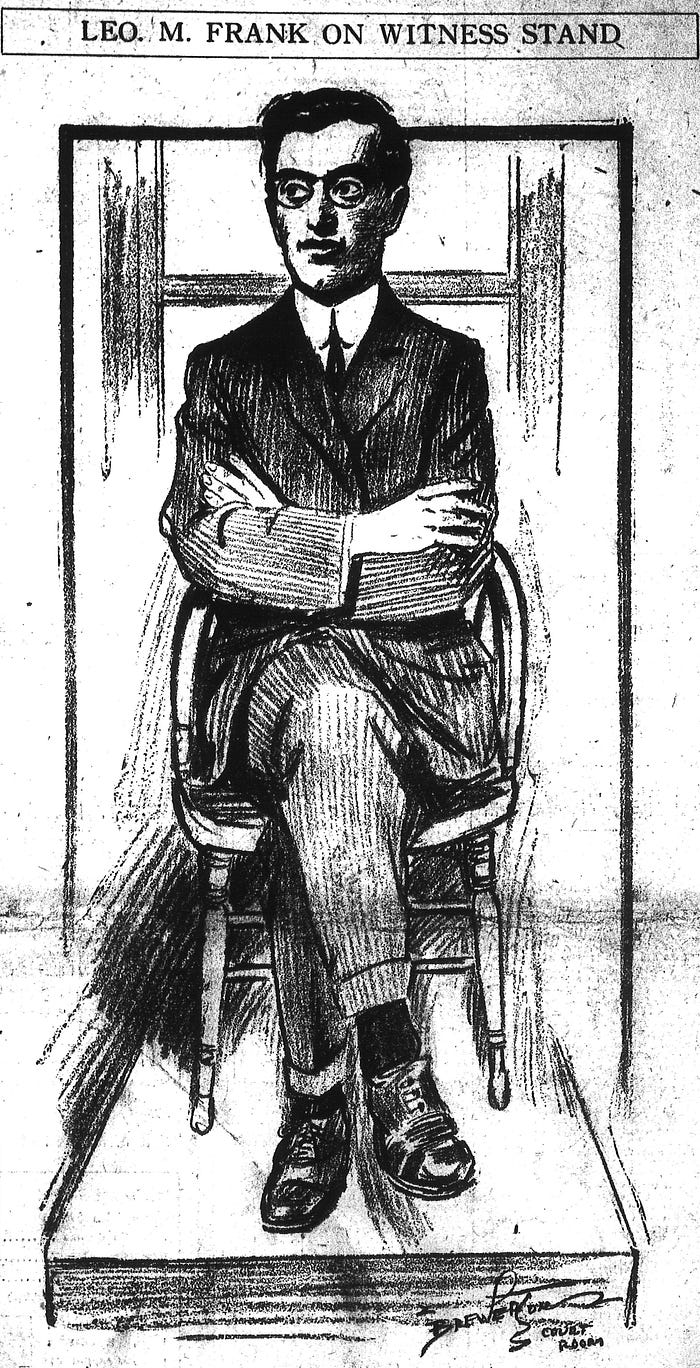
Frank stated — in complete contradiction to his numerous earlier statements that he’d never left his office — that he might have “unconsciously” left his office to go to the men’s toilet during that time — placing him in the only men’s bathroom stall on that floor of the building, the Metal Room’s water closet where male employees would normally go to relieve themselves, which is where Jim Conley had finally admitted he first found the lifeless body of little Mary Phagan, and immediately adjacent in the Metal Room proper, where Mary Phagan’s blood (found on the floor) and hair (found on the machine handle) was found, and where the prosecution had spent weeks at the trial proving Phagan’s murder had actually taken place, right there, at approximately that time when she arrived.
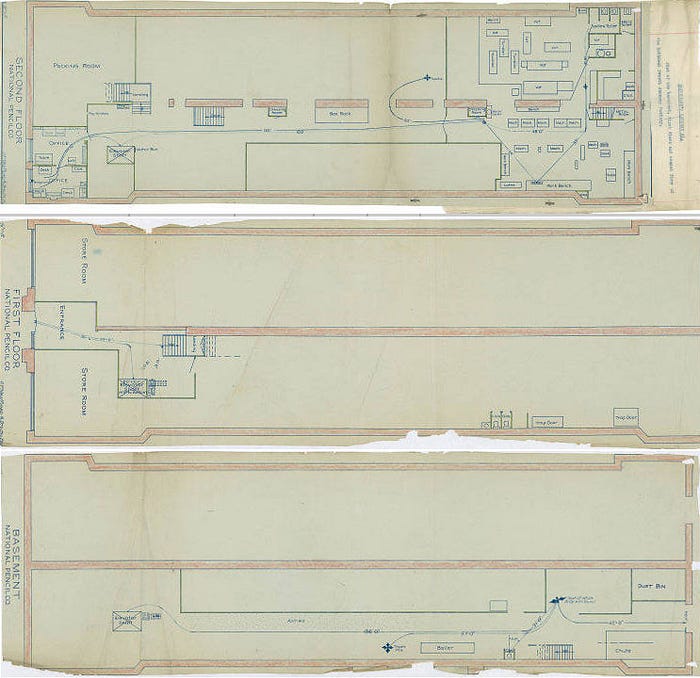
Frank gave himself 2 ways out:
Frank also stated that at the exact same time he was in the metal room bathroom (where Phagan had been murdered), he might have simultaneously been unseeable behind the four-foot-tall safe door in his outer office. Who could believe he was at two separately possible places on the second floor at the exact same time? It had to be one or the other, but Monteen Stover said his office was empty and mentioned no open safe door, so it tended to place Leo Frank in the metal room during the critical time. Monteen Stover was 5'2" so she obviously would have been able to see over the four-foot-tall safe door by being 14 inches taller.
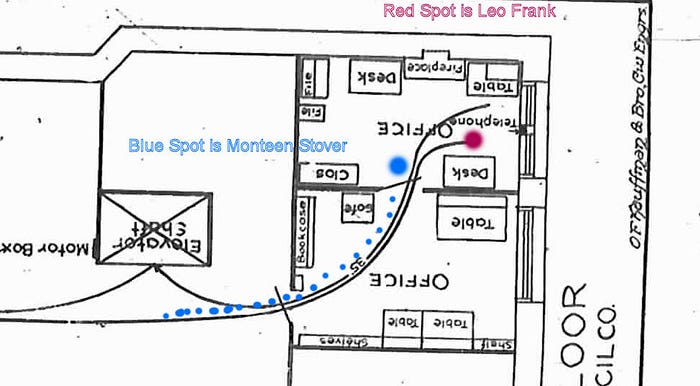
Flashback months earlier to May 5th and May 8th, 1913. The Eminent Coroner Paul V. Donehoo and his Jury of Six Men who were Sworn Under Oath:
This was indubitably astonishing because weeks earlier Leo Frank had emphatically told the seven-man panel lead by Coroner Paul Donehoo, and represented via the six-man Jury at the Coroners Inquest, that he (Leo Frank) disremembered using the bathroom that day when at the factory.
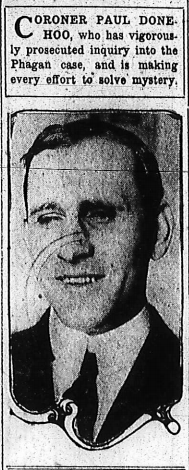
The partially blind, but sharp-minded Coroner Paul Donehoo — with his highly-refined mental lie detector was incredulous as might be expected. Who doesn’t use the bathroom all day long? (especially a person who is a heavy consumer of black coffee) It was as if Leo Frank was mentally and physically, albeit crudely and unbelievably, trying to distance himself from the men’s restroom toilet area in the metal room, where the Phagan corpse was later claimed to have been found by Jim Conley at Leo Frank’s behest (Conley finally testified on August 4th, 1913 he first found the dead body of Mary Phagan in proximity of the men’s toilet area of the metal room after Leo Frank allegedly confessed the assault to his admitted accessory after the fact “Jim the Sweeper”).
Furthermore, on Sunday, May 4th, 1913, Leo Frank had told Pinkerton detective Harry Scott — witnessed by police detective Mr. Black — that he (Leo Frank) was in his office every minute from noon to half past noon, and in State’s Exhibit B (Frank’s stenographed statement to the police on Monday Morning, April 28, 1913, see full text of it from August 2nd, 1913, Atlanta Constitution), Leo Frank never mentions a bathroom visit all day and said Mary Phagan was in his office between 12:05 p.m. and 12:10 p.m. maybe 12:07 p.m. Moreover, on Sunday, April 27th, 1913, Leo Frank told police Mary Phagan was alone with him in his office at 12:03 p.m.
And now he had reversed his alibi with which he had maintained for nearly 15 weeks and placed himself at ground-zero where the murder occurred!
Students of the Frank case dumbfoundedly ask the rhetorical question: Why would Leo Max Frank make such a startling, forehead wrinkling and facepalm admission, after spending months trying to distance himself from that specified part of the building at that precise time?
Why would Leo Frank place himself in the men’s toilet, when he watched Conley testify on the witness stand (August 4, 5, 6, 1913), stating the metal room bathroom area was the place where he, Jim Conley, literally first found the cadaver of Mary Phagan?
That is a difficult question to answer given how ineluctably incriminating the statement was, but there are some intriguing clews (Atlanta Constitution, 1913).
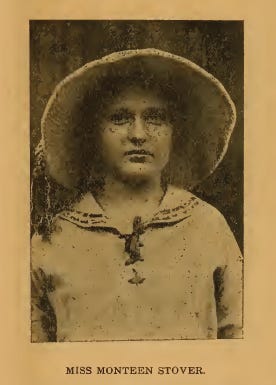
1) The testimony of Monteen Stover (who liked Frank on a personal level and who was actually a supportive character witness for him) that Frank was missing from his office for those crucial five minutes was convincing. Few could believe that Stover — looking to pick up her paycheck and waiting five minutes in Frank’s business office for an opportunity to do so — would have been satisfied with a cursory glance at the room and therefore somehow missed Frank hiding behind the 4ft tall open safe door as he had alleged (See State’s Exhibit A, Defendant’s Exhibit 61.)
2) The evidence suggests that Frank did not always make rational decisions when under stress: Under questioning from investigators, he repeatedly changed the time at which Mary Phagan supposedly came to see him in his office.
The four separate times Leo Frank said Mary Phagan arrived in his office:
Firstly — On the morning of Sunday, April 27, 1913, less than 24 hours after the murder occurred, Leo Frank in his 2nd-floor business office told accompanying Atlanta police that Mary Phagan arrived in his office on Saturday, April 26, 1913, at about 12:03 p.m.
Secondly — On the following morning of Monday the 28th day of April, not even 48 hours after the murder occurred, Leo Frank at the Atlanta stationhouse made an unsworn deposition where he said Mary Phagan arrived “Between 12:05 p.m. and 12:10 p.m., maybe 12:07 p.m. (State’s Exhibit B digest, and Atlanta Constitution, August 2nd, 1913 for full questions and answers)
Thirdly — About a week after Frank’s deposition, he was sworn under oath on May 5th and 8th at the Coroner’s Inquest, Leo Frank said Mary Phagan arrived about 12:10 p.m. to 12:15 p.m.
Fourthly — On August 18, 1913, at his trial, Leo Frank said Mary Phagan arrived between 12:12 to 12:17 p.m. (Because his stenographer Hatty Hall changed her testimony at trial, likely perjuring herself and said she recalls the time she left on Georgia Confederate Memorial Day at “12:02 p.m.” instead of her former statement of noon)
In Summary, Leo Frank gave four separate times concerning Mary Phagan’s arrival that kept inching minute by minute away from his initial statement of 12:03 p.m., and once Monteen Stover had said Leo Frank’s office was empty at the exact time which corresponded with his unsworn deposition that placed Mary Phagan in his office at 12:05 pm to 12:10 pm, he moved up the time to after 12:10 p.m. in his third and fourth recollection shown above.
3) Leo Frank reportedly confessed his guilt to his wife the day of the murder (Albert McKnight’s Affidavit in Leo Frank Georgia Supreme Court Records, and Magnolia “Minola” McKnight Affidavit, see State’s Exhibit J in Leo Frank trial brief of evidence, June 3rd, 1913); he, if guilty of sexually assaulting and choking to death little Miss Phagan, was a reaction out of all proportion and reason to being spurned by his teenage employee; and he maintained the utterly unbelievable position throughout the case that he did not know Mary Phagan by name, despite indisputably knowing her initials and employee number (he wrote them on the company accounting ledgers by hand, some 52 times) and interacting with her likely hundreds of times based on eyewitness testimony. Moreover, every day that Frank went to the bathroom in the metal room, he passed by Mary’s workstation desk by a matter of 40 inches.
Does the fact that Lucille Selig’s (Leo Frank’s wife) 1954 request in her last will and testament, not to be buried next to her husband, speak volumes of truth and insight about the veracity of State’s Exhibit J and the main thrust of Albert McKnight’s affidavit?
Even if only one of these lapses is true as described above, it is enough to show a pronounced lack of judgment. A man with such impaired judgment may actually have been unable to see that by explaining away his previous untenable (and now exposed as false) position of “never leaving the office” with an “unconscious” bathroom visit to use the toilet in the men’s water closet, he was placing himself at the very scene of the murder at the very precise time of the murder. Thus are men who tell tales undone, even as they fall back upon a partial truth.
Georgia: Right to Refuse Oaths and Examination.
Why did Leo not permit cross-examination after his own long-courtroom Statement — under Georgia Law, since 1868 (Title VI), it WAS allowed (unsworn), IF the defendant agreed (source: Professor Allen Koenigsberg, Leo Frank Case Scholar, Brooklyn College, 2013)
Under the Georgia Code, Section 1036, the accused has the right to make an unsworn statement and, furthermore, to refuse to be examined or cross-examined at his trial. Leo Frank made the decision to make an unsworn statement and not allow examination or cross-examination.
The law also did not permit Solicitor General Hugh M. Dorsey or his legal team to orally interpret or comment on the fact that Leo Frank was not making a statement sworn under oath at his own murder trial. The prosecution respected this rule.
The jury knew that Leo Frank had months to carefully prepare his statement. But what was perhaps most damaging to Leo Frank’s credibility was the fact that every witness at the trial, regardless of whether they were testifying for the defense or prosecution, had been sworn-in, and therefore spoke under oath, and had been open to cross-examination by the other side — except for Leo Frank. Thus it didn’t matter if the law prevented the prosecution from commenting on the fact Leo Frank had refused direct-examination and cross-examination, opting instead to make an unsworn statement, because the jury could see that anyway. Making an unsworn statement and refusing to be examined does not prove that one is guilty, but it certainly raises eyebrows of doubt about one’s truthfulness. Leo Frank could have just opted not to say anything at all, but he made a huge blunder mounting the witness stand, he was his own worst enemy.
The South an “Honor Bound” Society
Could a sworn jury upholding its sacred duty question Leo Frank’s honor and integrity as a result of what Southerners likely perceived as his cowardly decision under Georgia Code, Section 1036? If so, the greater weight would naturally be given to those witnesses who were sworn under oath and who contradicted Leo Frank’s unsworn alibis, allegations, and claims. It put the entire case under a new lens of the sworn versus the unsworn defendant.
The average Southerner in 1913 was naturally asking the question: What White man would make an unsworn statement and not allow himself to be direct or cross-examined at his own murder trial if he were truly innocent? Especially in light of the fact that the South was culturally White separatist — and two of the major material witnesses who spoke against Leo Frank were African-American, one of them claiming to be an accessory-after-the-fact turned accuser. Moreover, months before the trial began, Leo Frank twice refused to confront his accuser Jim Conley when given the opportunity.
In the White racial segregationist Atlanta of 1913, African-Americans were perceived as second class citizens and less reliable than Whites in terms of their capacity for telling the truth. Yet, Frank was unwilling to confront the colored* man accusing him of murder. (*Colored was the term commonly used to describe non-Whites pre-1960s, especially African-Americans, the term went into disuse in the post-1960s civil rights era.)
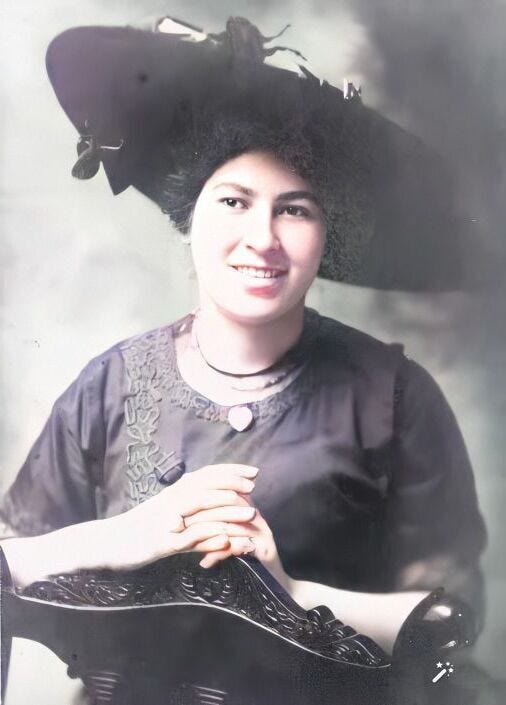
Photo: Lucille Selig, the wife (1910–1915) of Leo Frank. (see Flickr)
Today, we might ask: Why wouldn’t Leo Frank allow himself to be direct, or cross-examined when he was trained in the art and science of debating during his high school senior year and all throughout his years in college, where he earned the rank of Cornell Congress Debate Team coach? (Pratt Institute Monthly, June 1902; Cornellian, 1903 through 1906; Cornell Senior Class Book, 1906; Cornell University Alumni Dossier File on Leo Frank, retrieved 2013)
Unusual Discrepancies Months Before Trial
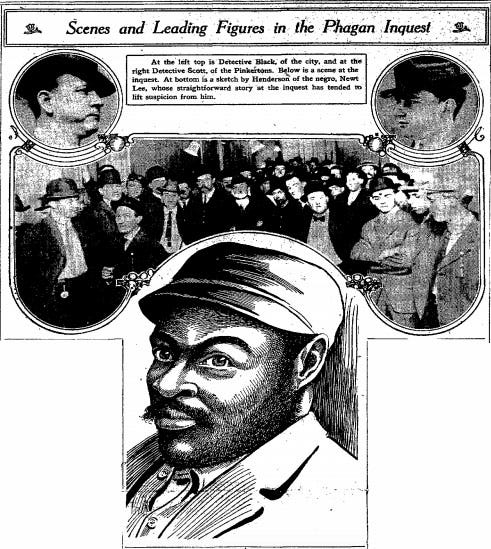
illustration: Newt Lee at the Coroner’s Inquest Months Before the Trial.
Most Leo Frank partisan authors omit significant parts of the trial testimony of Newt Lee and Jim Conley from their retelling of the Leo Frank Case. Both of these African-American men, former National Pencil Company employees, made clearly damaging statements against Frank.
The Negro Nightwatchman Newton “Newt” Lee:
The evidence Newt Lee brought forward was circumstantial, but intriguing — and never quite adequately explained by Leo Frank then, or by his defenders now.
Lee stated that on Friday evening, April 25, 1913, Frank made a request to him, that he report to work an hour early at 4:00 p.m. on Confederate Memorial Day, the next day. The stated reason was that Leo Frank had made a baseball game appointment with his brother-in-law, Mr. Ursenbach, a Gentile Christian who was married to one of (Frank’s wife) Lucille’s older sisters. Leo Frank would eventually give two different reasons at two separate times as to why he canceled that appointment:
- he had too much work to do, and
2. he was afraid of catching a cold, but the fact he never said both at the same time was a circumstance of minor suspicion.
Newt Lee’s normal expected time at the National Pencil Company factory on Saturdays was 5:00 pm sharp. Lee stated that when he arrived an hour early that fateful Saturday at 3:56 p.m., Leo Frank had forgotten the change because he was in an excited state. Frank, he said, was unlike his normal calm, cool, and collected “boss” self. Normally, if anything was out of order, Frank would command him, saying “Newt, step in here a minute” or the like. Instead, Frank burst out of his office, bustling frenetically towards Lee, who had arrived at the 2nd-floor lobby at 3:56 pm. Upon greeting each other, Frank requested assertively that Lee go out on the town and “have a good time” for two hours and come back at 6:00 pm.
Newt Lee was tired:
Because Leo Frank on Friday asked Newt Lee to come to work one hour early, Lee had lost that last nourishing hour of sleep one needs before waking up fully rejuvenated, so Lee requested of Frank that he allow him to take a nap in the Packing Room (adjacent to Leo Frank’s front office). But Frank re-asserted that Lee needed to go out and “have a good time” for 2 hours. Finally, Newt Lee acquiesced and left for two hours.
At trial, Frank would state that he sent Newt Lee out for two hours because he had work to do. When Lee came back, the double doors halfway up the staircase were locked — very unusual, as they had never had been locked before on Saturday afternoons. When Newt Lee unlocked the doors and went into Leo Frank’s office he witnessed his boss bungling and nearly fumbling the timesheet when trying to put a new one in the punch clock for the night watchman — Lee — to register.
It left people wondering why an executive Whiteman who had 5 years of experience putting time cards into the punch clock was nervously struggling on it at that exact moment, given the circumstances.
It came out before the trial that Newt Lee had earlier been told by Leo Frank that it was a National Pencil Company policy that once the night watchman arrived at the factory — as Lee had the day of the murder at 4:00 pm — he was not permitted to leave the building under any circumstances until he handed over the reins of security to the day watchman. Company security necessitated being cautious — poverty, and therefore theft, was rife in the South; there were fire risk hazards; and the critical factory machinery was worth a small fortune. Security was a matter of survival.
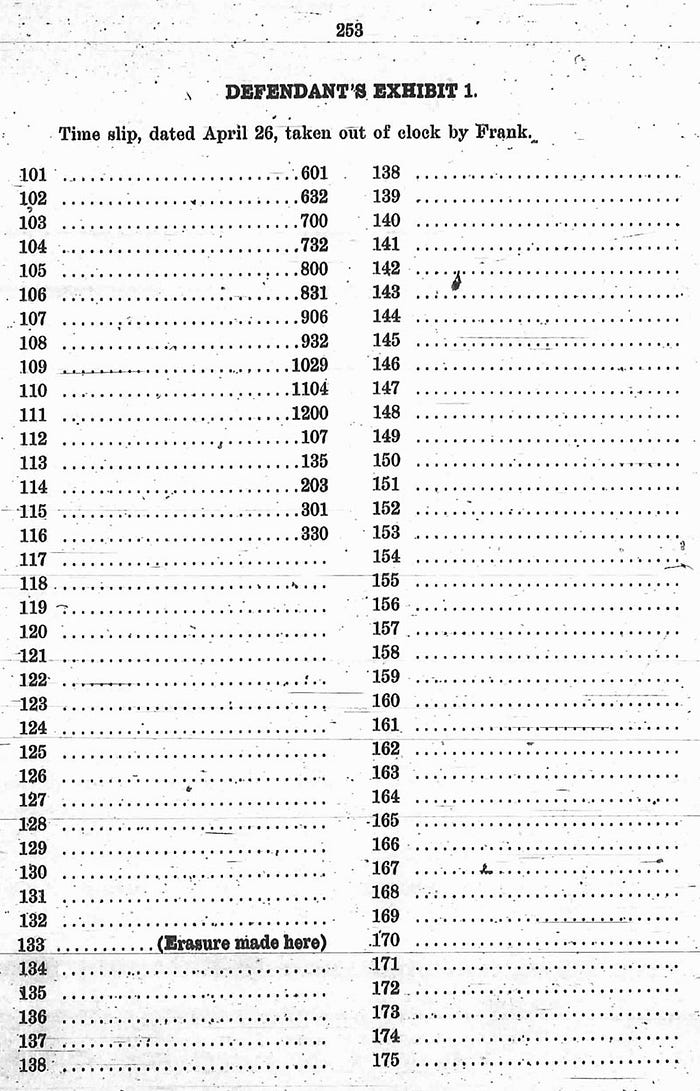
The two-hour timetable rescheduling — the canceled ball game — the inexplicable sudden security rule waiver — the bumbling with a new timesheet — the locked double doors — and Frank’s suspiciously excited behavior: All were highlighted as suspicious by the prosecution, especially in light of the fact that the “murder notes” — found next to Mary Phagan’s head — physically described Newt Lee, even calling him “the night witch.” And, the prosecutor asked, why did Leo Frank later telephone Newt Lee, not once but two or more times, that evening at the factory?
A Jewish Racist and Anti-Gentile Subplot Against Two Negroes?
The substance of what happened between Newt Lee (and janitor James “Jim” Conley — see below) and Leo Frank from April 26, 1913, onward is most often downplayed, censored, or distorted by partisans of Leo Frank.
From the testimony of these two Black witnesses, we learn of an almost diabolic intrigue calculated to entrap the innocent night watchman Newt Lee. It would have been easy to convict a Black man in the White separatist South of that time, where the ultimate crime was a Black man having interracial sex with a White woman — to say nothing of committing battery, rape, strangulation, and mutilation upon her in a scenario right out of the book: Psychopathia Sexualis (available on online).
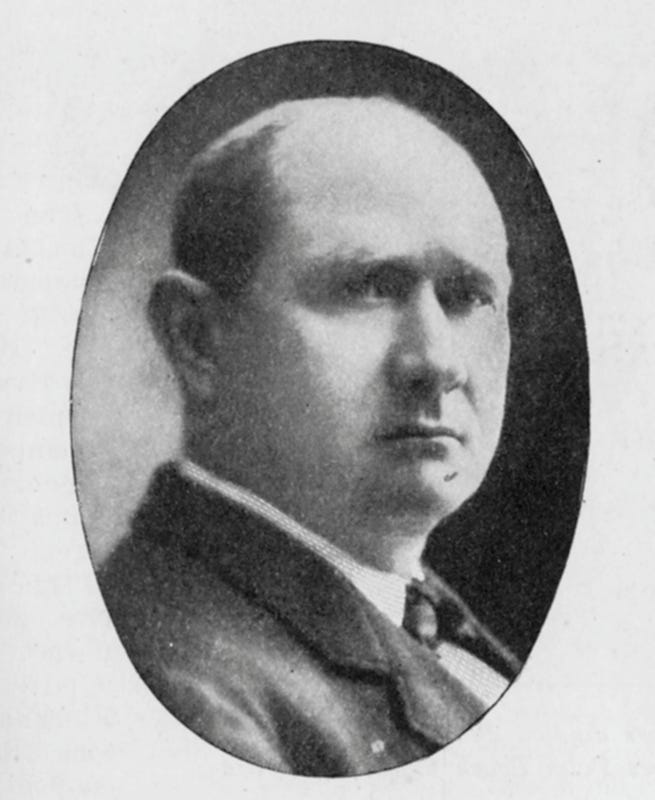
Luther Zeigler Rosser, Lead Counselor for the Leo Frank defense and the Deliciously Racist Gambit.
The plot was exquisitely formulated for its intended audience, the twelve White men who would decide Leo Frank’s fate. It created two layers of Black men between Frank and the murder of Mary Phagan. It wouldn’t take the police long to realize Newt Lee didn’t commit the murder, and, since the death notes were written in Ebonics, it would leave the police hunting for another Black murderer. As long as Jim Conley kept his mouth shut, he wouldn’t hang. So the whole plot rested on Jim Conley — and it took the police three weeks to crack him using the third-degree method (Good Cop versus Bad Cop).
The ugly racial element of this defense ploy is rarely mentioned today. The fact that it was Leo Frank, a Jew (and generally considered White in the racial separatist Old South), who first tried to pin the rape and murder of Mary Phagan on the elderly, balding, and married Black man Newt Lee (who had no criminal record to boot) is not something that Frank partisans want to highlight.
Leo Frank’s sex-killer denialists also downplay the racial considerations that made Frank, when his first racially-tinged defense move failed and was mostly abandoned, change course for the last time and formulate a new subplot to pin the crime on Jim Conley, the “accomplice after the fact.”
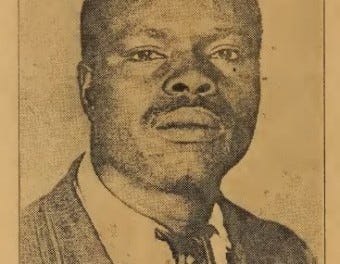
If events had played out as intended in the White Racial Separatist Atlanta of 1913, there would have likely been one or two dead Black men in the wake of the defense team’s intrigue.
Jim Conley knew too much. He admitted he had helped the real murderer, Leo Frank, remove the body of Mary Phagan after the fact. To prevent Conley, through extreme fear, from revealing any more about the real solution to the crime, and to discredit him no matter what he did, a new theory was needed. Jim Conley certainly was scared beyond comprehension, knowing what White society did to Black men who beat, raped, and strangled White girls.
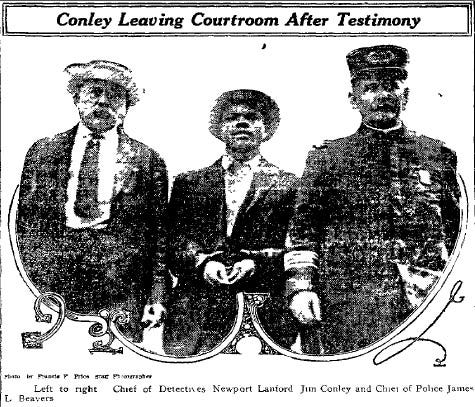
The Accuser Becomes the Accused
Meet the Negro Custodian: 27 Year Old, James “Jim” Conley.
The new murder theory posited by the Leo Frank defense was that Jim Conley assaulted Mary Phagan as she walked down the stairs from Leo Frank’s office (see Adolph Ochs Photo Archive at New York Public Library). Once Phagan descended to the 1st-floor lobby, they said, she was robbed, then thrown down 14 feet to the basement through the two-foot by two-foot scuttle hole at the side of the elevator. Conley then supposedly went through the scuttle hole himself, climbing down the ladder, dragged the unconscious Mary Phagan to the garbage dumping ground in front of the cellar incinerator (known as the “furnace”), where he then raped, robbed, and strangled her.
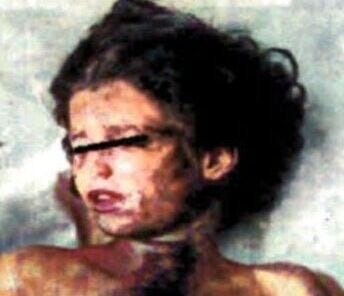
But this grotesque racially-tinged framing was to fail in the end because of simple medical forensics: The scratch marks all over Mary Phagan’s body didn’t bleed, it meant she was already dead before being brought to the basement and dragged from the cellar elevator shaft entry to the furnace dumping ground at the back of the factory. First responders noted that there were visible drag marks from the elevator shaft (near what was considered the front section of the factory’s basement) to where Phagan was dumped 140 feet near an exit ramp at the back section of the factory’s cellar.
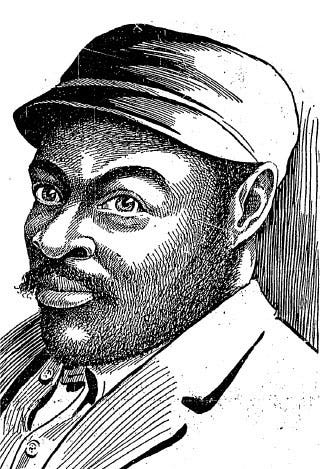
Now we Flashback to Newt Lee the Intended Patsy.
Investigators arranged for a conversation to take place between Leo Frank and Newt Lee, who were intentionally put alone together in a police interrogation room at the Atlanta Police Station. The experiment was to see how Frank would interact with Lee and determine if any new information could be obtained.
Once they thought they were alone, Leo Frank scolded Newt Lee for trying to talk about the murder of Mary Phagan and said that if Lee kept up that kind of talk, Frank and he would go straight to hell. What Frank did not know is the sneaky police were sitting quietly on the other side of the wall and they heard everything said. The whole purpose of the 2-man confrontation was for the police a hope to glean new insights into these prime suspects.
Star Witnesses
The Jewish community has crystallized around the notion that Jim Conley was the star witness at the trial, and not 14-year-old Monteen Stover who defended Leo Frank’s character — and then inadvertently broke his alibi.
Leo Frank partisans downplay the significance of Monteen Stover’s trial testimony and Leo Frank’s attempted rebuttal of her testimony on August 18, 1913. Governor John M. Slaton also ignored the Stover-Frank incident in his 29-page commutation order of June 21, 1915.
Many Frank partisans have chosen to obscure the significance of Monteen Stover by putting all the focus on Jim Conley, and then claiming that without Jim Conley there would have been no conviction of Leo Frank.
Could they be right? Or could Leo Frank have been convicted on the testimony of Monteen Stover, without the testimony of Jim Conley?
However, It is a question left for speculation only, because no one ever anticipated the significance of Jim Conley telling the jury that he had found Mary Phagan dead in the Metal Room bathroom.
It was not until Leo Frank gave his response to Monteen Stover’s testimony — his explanation of why his 2nd-floor business office was empty on April 26, 1913, between 12:05 pm and 12:10 pm — that everything came together tight and narrow.
Monday, August 18th, 1913
Leo Frank threaded the needle’s eye of the Atlanta police-detective’s murder thesis and state prosecution team’s case theory, thus the defendant inescapably entrapped himself beyond escape. By his own incriminating words, Frank convicted himself.
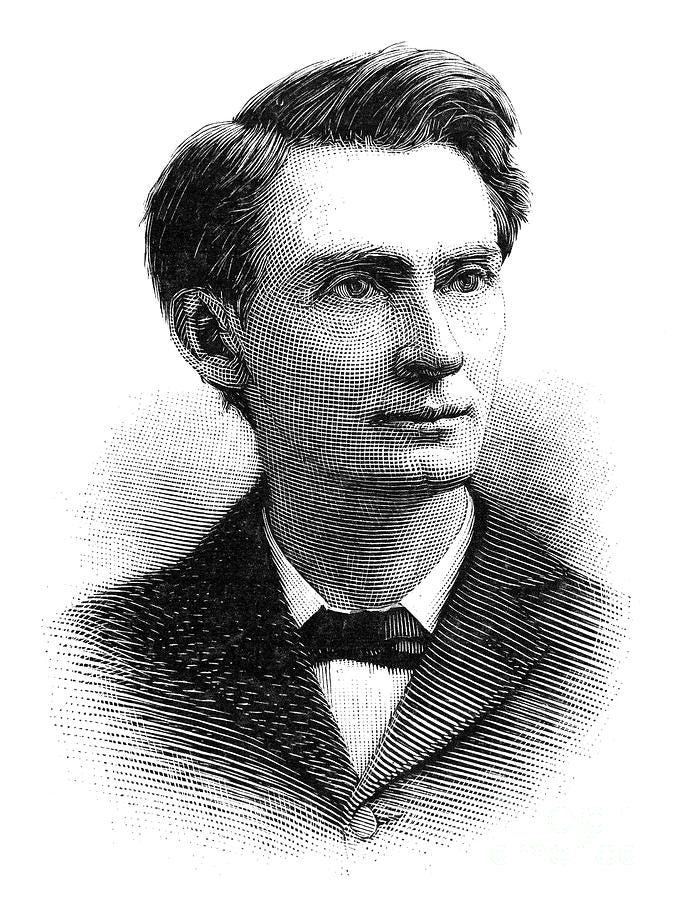
Tom Watson resolved the “no conviction without Conley” controversy in the September 1915 number of his Watson’s Magazine, but perhaps it is time for a 21st-century explanation to make it clear why even the Georgia Supreme Court ruled that the evidence and testimony of the trial sustained Frank’s conviction.
August 18, 1913: You Are the Judge and Jury
The four-hour-long unsworn statement of Leo Frank was the crescendo of the trial. (Later, just before closing arguments, Frank himself was allowed the last word. He spoke once more on his own behalf, unsworn this time also, for five minutes, denying the testimony of others that he had known Mary Phagan by name and that he had gone into the dressing room for presumably immoral purposes with one of the company’s other employees.)
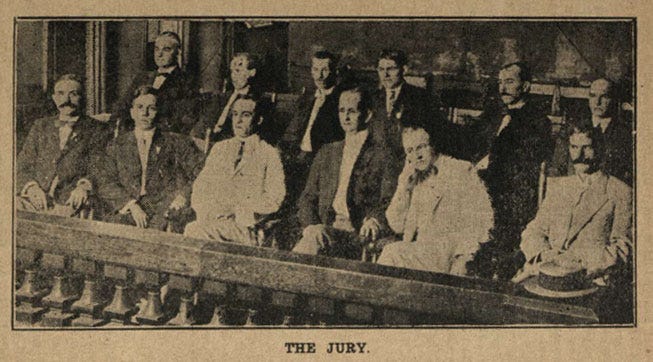
Three Alleged Virtual “Confessions” Found in the Brief of Evidence, 1913.
Confession? What confession?
It is important to understand that Leo Frank’s startling admission of his presence in the death room at the critical moment did not stand alone in the jury’s eyes. Conclusive as it was, it was not Frank’s only confession.
The official record shows testimony and exhibits indicating Leo Frank allegedly confessed to murdering Mary Phagan several times, though he would deny all of them.
• Leo Frank’s Alleged “Confession” Number One — April 26, 1913: Leo Frank’s murder confession number one was made to Jim Conley when Leo Frank told him he had tried to “be with her” (have sexual intercourse with Mary Phagan) and she refused him. According to Conley, Frank then stated he had struck the thirteen-year-old girl and hit her too hard, she had hit her head against something. Some of Mary Phagan’s bloody hair was discovered on Monday, April 28, 1913, by Robert P. Barret on the handle of a lathe in the second-floor Metal Room (Leo Frank Trial Brief of Evidence, 1913).
• Leo Frank’s Alleged “Confession” Number Two — April 26, 1913: According to the McKnight family (See: Albert’s and Magnolia’s Affidavit.), Allegedly Leo Frank confessed about murdering Mary Phagan to his wife Lucille Selig Frank on the evening of April 26, 1913, at around 10:00 p.m. to 10:30 p.m. Leo Frank said to his wife that he didn’t know why he would murder — and asked his wife for his pistol so he could shoot himself. Lucille told her family and her cook Magnolia “Minola” McKnight, about what happened that evening. Minola McKnight told her husband Albert McKnight who told his boss, because he had contacts in the Atlanta Police. Decades later, Lucille Selig Frank refused to be buried in the Frank-Stern family plot, next to her husband, leaving explicit instructions to the contrary. (see: Oney, UGA, Georgia Magazine, ‘Features’ March 2004).
• Leo Frank Alleged Murder “Confession” Number Three — August 18, 1913: This is the “unconscious bathroom visit” statement delivered by Frank to the court in his unsworn statement, placing him unequivocally at the murder scene at the critical time (Leo Frank Trial Brief of Evidence, 1913).
Number Four?! Frank would also reaffirm this toilet admission in a newspaper interview published by the Atlanta Constitution on March 9th, 1914 (you gotta read it with your own eyes to actually believe it).
In Leo Frank’s 1914 jailhouse interview one of the curious questions is number 9.
Referring to State Exhibit B (Frank’s deposition to Atlanta PD) and Monteen Stover’s testimony:
Question 9: Did you [Leo Frank] not at one time say you were not out of your office at 12:05 o’clock? Did not Monteen Stover say she was there [during the five-minute segment of 12:05 pm to 12:10 pm] at that time and you were not in [your office]? Did you not then change your statement? If so, what is your explanation?
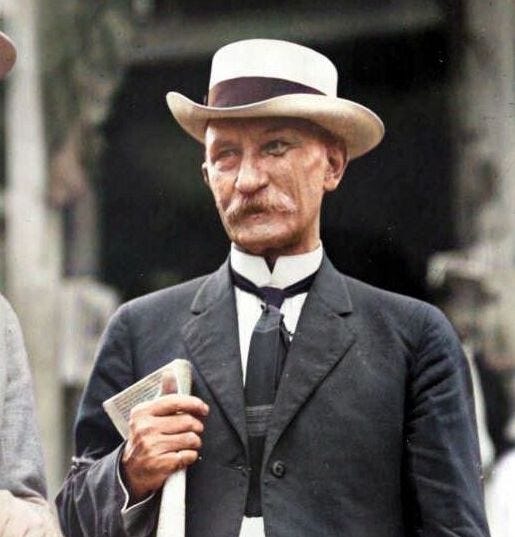
With Mercy — or Without?
Judge Leonard Strickland Roan gave the jury two options if they found the defendant guilty: ‘With Mercy’ or ‘Without Mercy.’ If there was any doubt of Leo M. Frank’s guilt, the judge and jury could have sentenced Frank to life in prison instead of sentencing him to death by hanging. When the jury unanimously sentenced Leo Frank to death by hanging after deciding on a verdict of guilt, Judge Roan had the legal option to downgrade the jury’s death sentence, and only give Leo Frank life in prison — that is, if Roan disagreed with the judgment. But Judge Roan agreed with their collective verdict and recommendation. Roan denied Leo Frank’s petition for a new trial, rejecting 107 grounds.
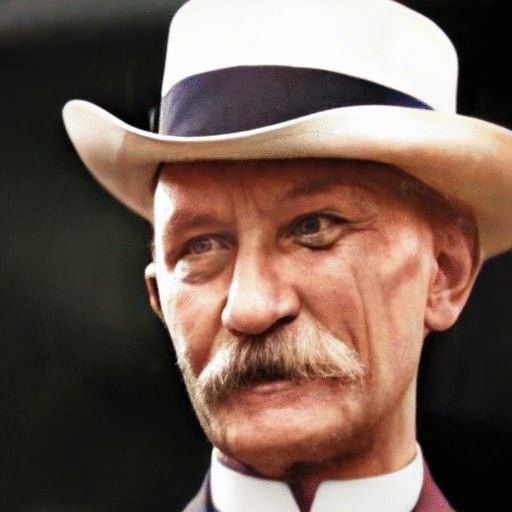
Then and Now:
Many in the Jewish community and other Leo Frank partisans have suggested that Judge Roan doubted the verdict because of one of his apparently appeasing comments made orally to his former law partner, Luther Rosser. But if Roan actually doubted the verdict, he could have exercised his power many times to prevent Frank’s execution, and even given him a new trial if that would have served the cause of justice. But he did none of these things.

You are Hereby Sentenced to Hang on April 17, 1914; Happy Birthday Dear Leo, Happy Birthday to you! How old are you now? 30 years old!
The certainty of Leo Frank’s guilt was so strong, that, after reviewing his trial testimony for months, the Fulton County Superior Court Judge Benjamin H. Hill, later re-sentenced him on the date March 7th, 1914, to hang, with the re-scheduled date of execution set 6-weeks henceforth, to be conducted on the sex-killer’s 30th birthday: April 17, 1914. Only absolute mathematical certainty of guilt warrants such a cruel sentencing date by a judge.
* * *
Appendix: Essential Reading
To gain a full understanding of the Leo Frank case, and the tissue-thin “anti-Semitic conspiracy” theories advanced by the media today, it is necessary to read the official record without censorship or selective editing by partisans. Here are the resources which will enable you to do just that.
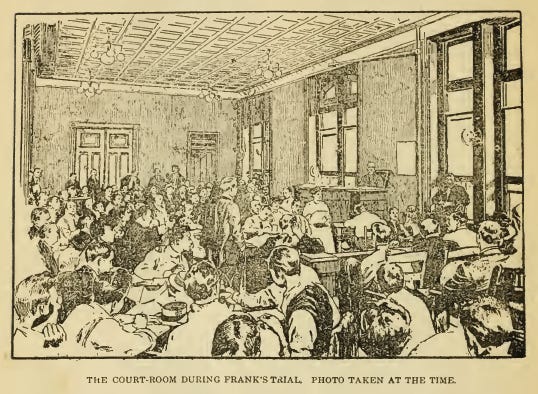
- Leo M. Frank Brief of Evidence, Murder Trial Testimony, and Affidavits in Digest Format, 1913, at https://www.flickr.com/photos/leofrankcase
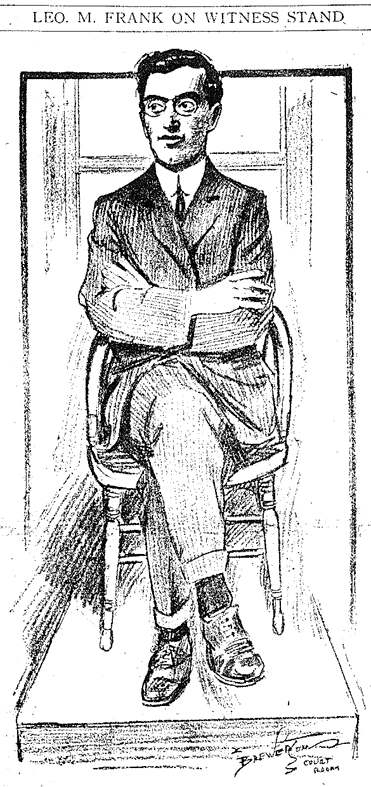
• Leo M. Frank unsworn trial statement (BOE, Leo Frank Trial Statement, August 18, 1913) at https://www.flickr.com/photos/leofrankcase/
• Leo Frank trial, State’s Exhibit B, April 28, 1913 (BOE)
Original State’s Exhibit B:
Part 1 — published on https://www.flickr.com/photos/leofrankcase/
Part 2 — published on https://www.flickr.com/photos/leofrankcase/
Complete Analysis of State’s Exhibit B (required reading): The full review of State’s Exhibit B at the Leo Frank Research Library at http://www.leofrank.info
• Leo Frank Case files from the Georgia Supreme Court, image slides format: published on https://www.flickr.com/photos/leofrankcase/
- Atlanta Constitution issue of March 9, 1914 (Leo Frank Answers List of Questions Bearing on Points Made Against Him, March 9, 1914) in this newspaper article the convict admits he was in the men’s toilet located at the Metal Room on the second floor, while Monteen Stover was waiting for him inside the business office across the hall.
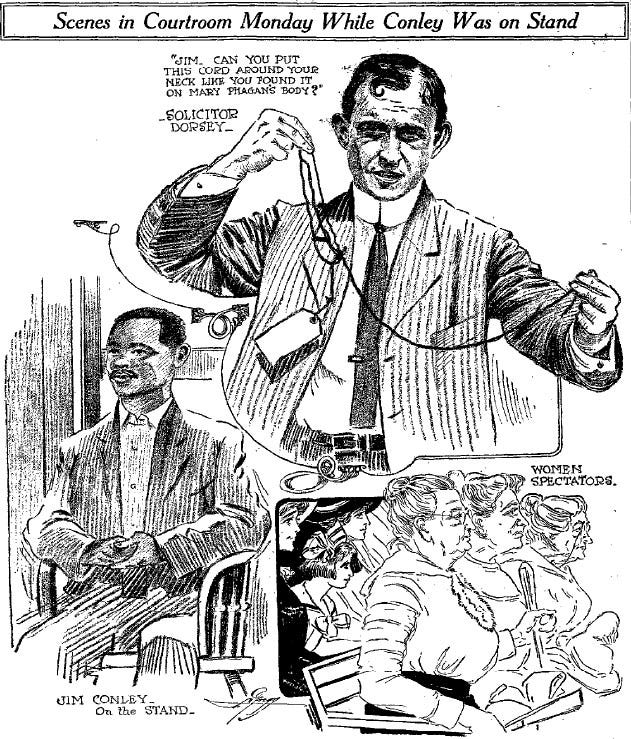
- Compare the analysis of the bathroom statement by reading: Argument of Hugh M. Dorsey, followed by Argument of Mr. Frank Hooper — also compare them with Tom Watson’s version in his Monthly Magazine, August and September of 1915.

• Minola McKnight's statement (Magnolia Mcknight, State’s Exhibit J, June 3, 1913) and cremation request in the 1954 Notarized Last Will and Testament of Lucille Selig Frank (Georgia Records Archives, 1954), together these documents tend to sustain each other as to Leo Frank’s guilt. If Lucille Selig Frank actually believed her husband was innocent, she would have requested to be buried next to him. Also see UGA’s Georgia Magazine, Features, March 2004, Steve Oney’s, And the Dead Shall Rise.
- 2D and 3D National Pencil Company floor diagrams (Defendant’s Exhibit 61, and State’s Exhibit A, 1913) these plats show that only one men’s toilet existed on the second floor inside the metal room at the back of the building.
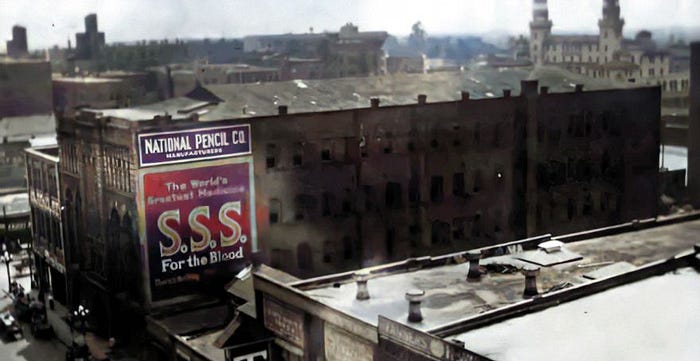
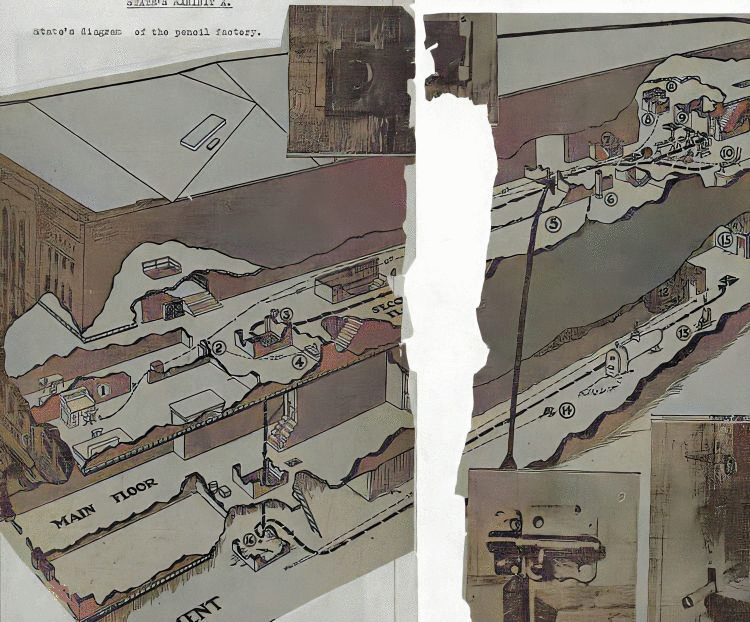
Image: Inside the National Pencil Company in 3 Dimensions, State’s Exhibit A. Frank’s office is at the left-middle, the men’s toilet is at the top right.
3-Dimensional Floor Plan of the National Pencil Company from the Leo Frank Georgia Supreme Court File: published on https://www.flickr.com/photos/leofrankcase/
The Defendant Leo Frank’s Factory Diagrams Made on His Behalf: published on https://www.flickr.com/photos/leofrankcase/
2-Dimensional Floor Plan of the National Pencil Company in 1913: published on https://www.flickr.com/photos/leofrankcase/
Image: Defendants Exhibit 61, Ground Floor and Second Floor 2D Birds Eye View Maps of the National Pencil Company. Plat of the First and Second Floor of the National Pencil Company.
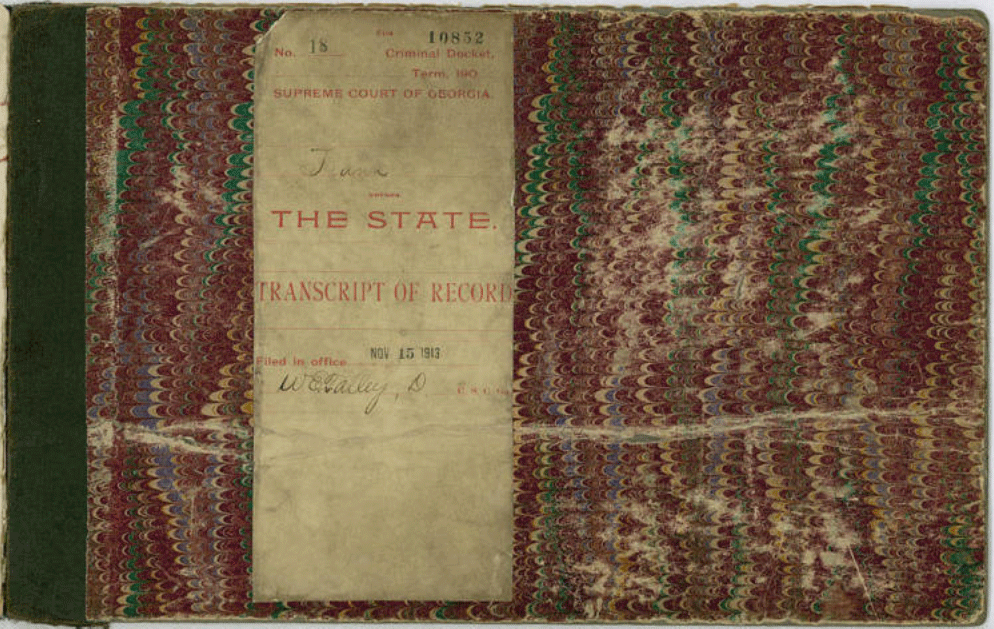
1. Images: State’s Exhibit A (Small Image) or State’s Exhibit A (Large Image) https://www.flickr.com/photos/leofrankcase/
2. Different Version: Side view of the factory diagram showing the front half of the factory https://www.flickr.com/photos/leofrankcase/
3. Bert Green Diagram of the National Pencil Company, Atlanta, Georgia, 1913, Available on https://www.flickr.com/photos/leofrankcase/
• James “Jim” Conley’s testimony (James Conley, Brief of Evidence, August, 4, 5, 6, 1913), see the Leo Frank Georgia Supreme Court Records.
- Extremist Anti-Black Racism By Jewish Leaders
Black Face: Staged late defense version of Mary Phagan murder events funded by racist Jewish Media Mogul Adolph Ochs who spoke and wrote in private correspondence that he didn’t want his Newspaper the New York Times to be seen as a “Jewish [Agitprop] Newspaper”, Available on https://www.flickr.com/photos/leofrankcase
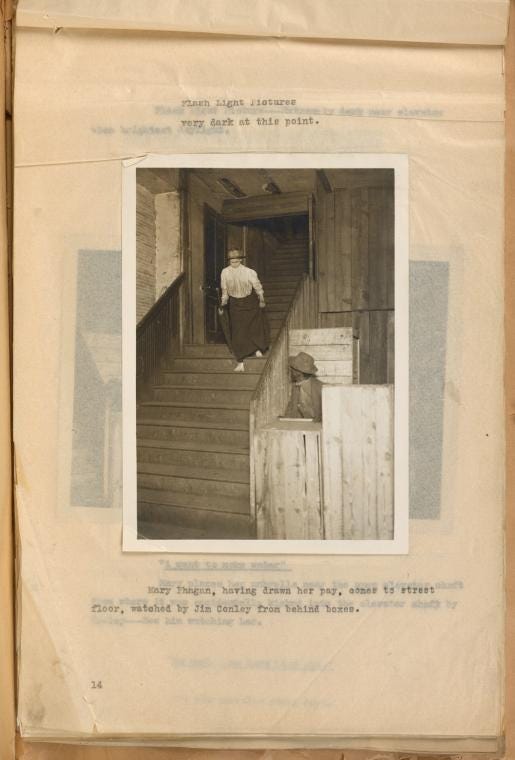
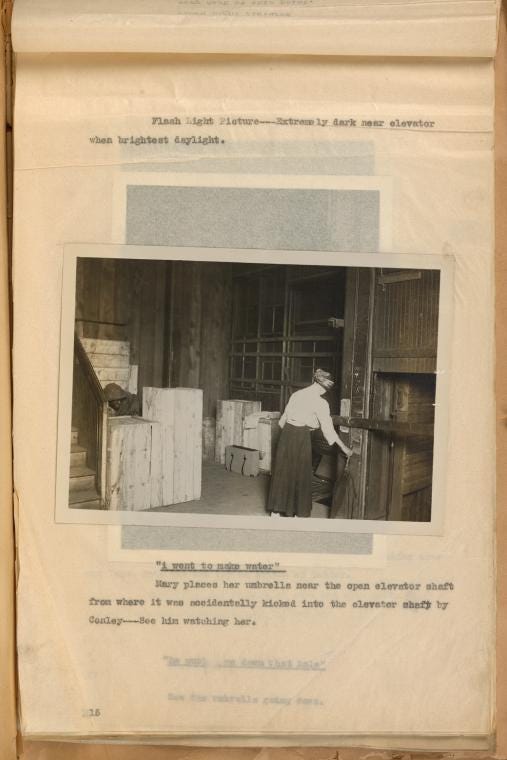
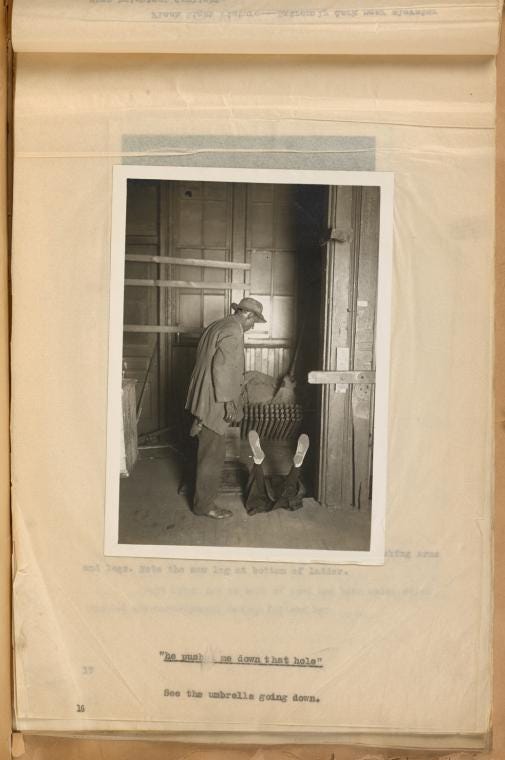
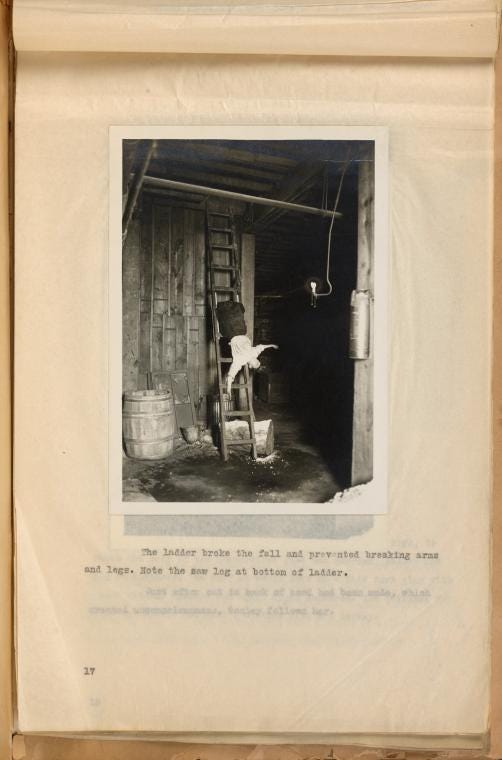
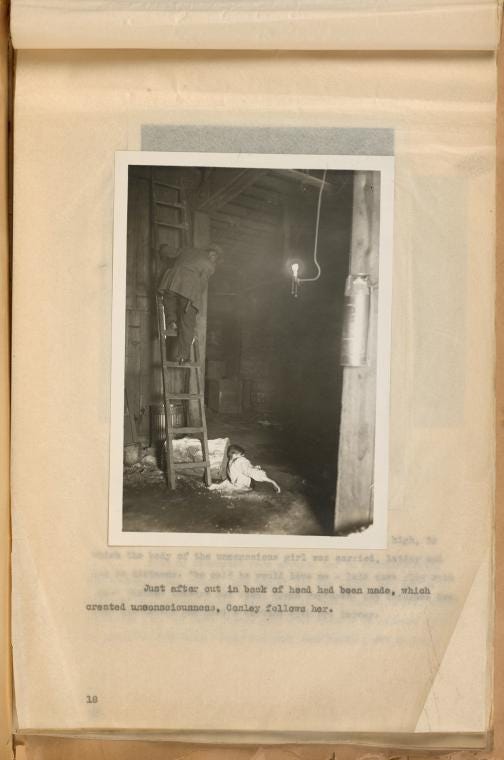
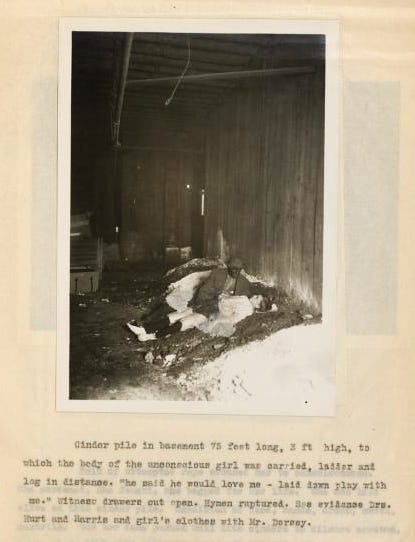
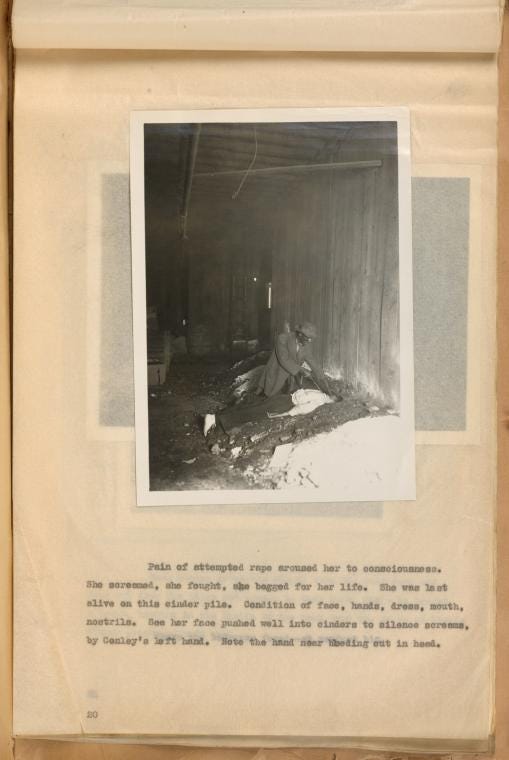
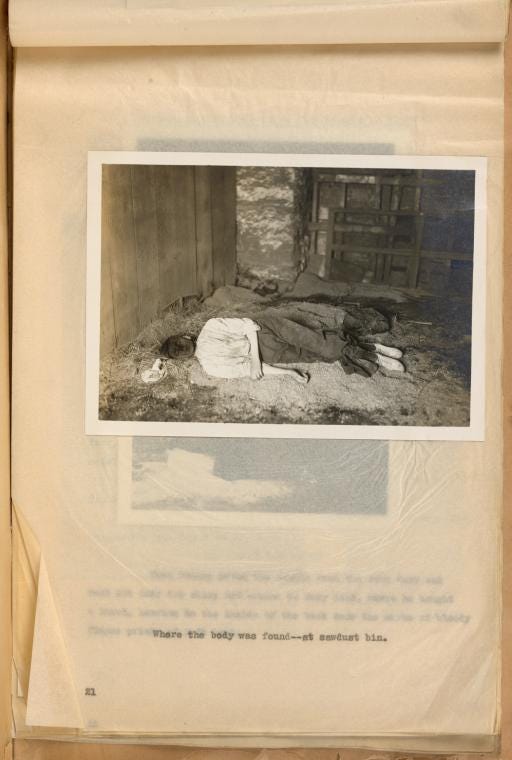
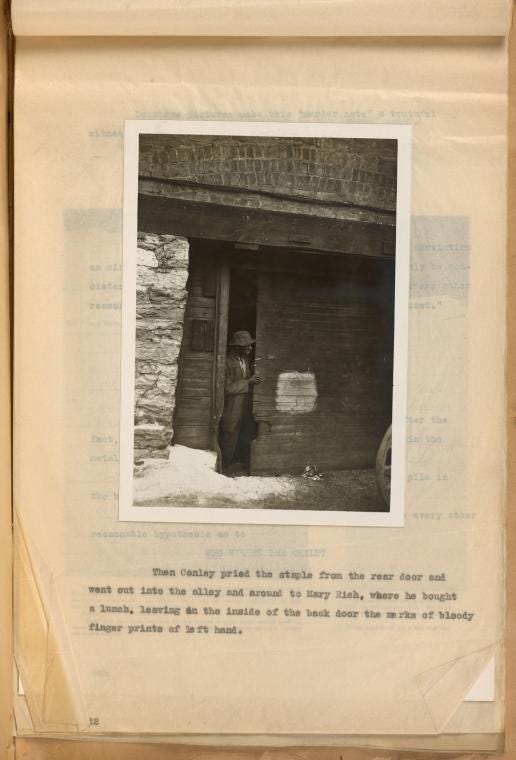
• The Jeffersonian Newspaper 1914–1917 and Watson’s Magazine (August and September 1915) series on the case, images posted on https://www.flickr.com/photos/leofrankcase/
• Defense and prosecution both ratify the original Brief of Evidence: Leo M. Frank, Plaintiff in Error, vs. the State of Georgia, Defendant in Error. In Error from Fulton Superior Court at the July Term 1913. Brief of Evidence. Available on https://www.flickr.com/photos/leofrankcase/
• John Davison Lawson (1852–1921). John Davison Lawson’s American State Trials, Volume X, 1918, Read the closing arguments here of Luther Zeigler Rosser, Reuben Rose Arnold, Hugh Manson Dorsey, and Frank Arthur Hooper) Available on https://www.flickr.com/photos/leofrankcase/
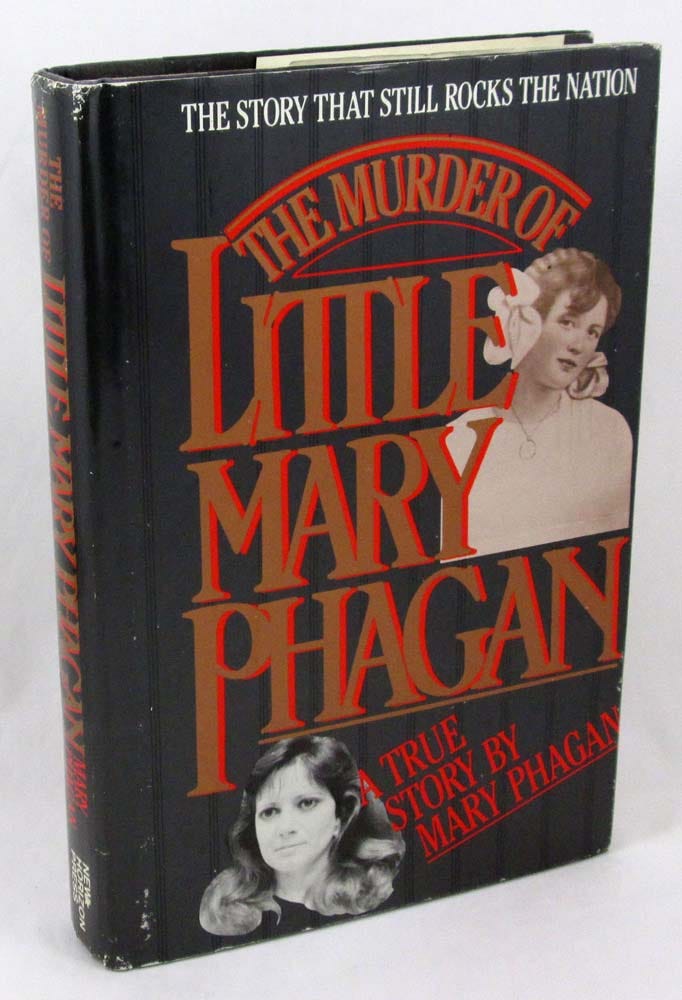
- Required Reading: Mary Phagan Kean’s analysis of the Leo Frank Case: The Murder of Little Mary Phagan is available in a public domain audiobook at The American Mercury online magazine:
https://theamericanmercury.org/2015/12/new-audio-book-the-murder-of-little-mary-phagan

The primary sources of the Leo Frank Case are available at https://www.flickr.com/photos/leofrankcase

Please also visit the definitive Leo Frank Archive: http://www.LeoFrank.org
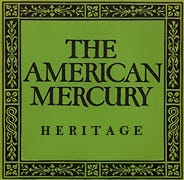
Leo Frank Trial Audio Book at The American Mercury, 2013, Centennial Edition. http://www.theamericanmercury.org
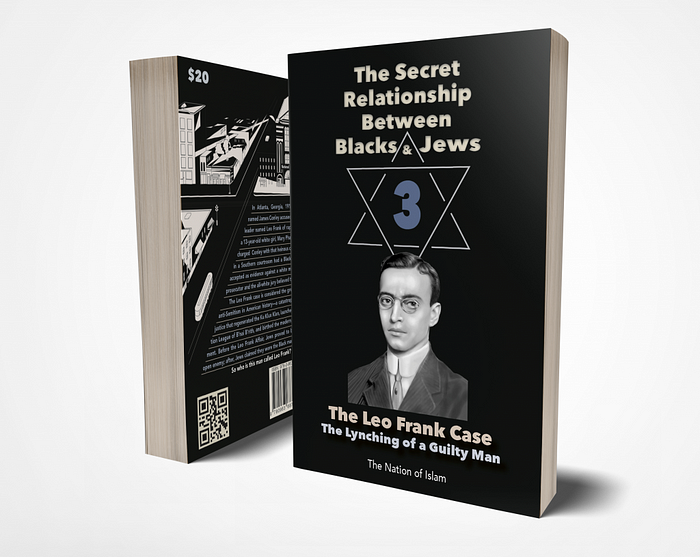
29-Segment Audiobook. Secret Relationship Between Blacks and Jews, Vol. 3, The Leo Frank Case, The Lynching of a Guilty Man by the NOI Research Group (April 26, 2016).
Podcast 02
https://theamericanmercury.org/2018/05/the-leo-frank-case-the-lynching-of-a-guilty-man-part-2
Podcast 03
https://theamericanmercury.org/2018/05/the-leo-frank-case-the-lynching-of-a-guilty-man-part-3
Podcast 04
https://theamericanmercury.org/2018/05/the-leo-frank-case-the-lynching-of-a-guilty-man-part-4
Segment 05
https://theamericanmercury.org/2018/05/the-leo-frank-case-the-lynching-of-a-guilty-man-part-5
Podcast 06
https://theamericanmercury.org/2018/05/the-leo-frank-case-the-lynching-of-a-guilty-man-part-6
Podcast 07
https://theamericanmercury.org/2018/06/the-leo-frank-case-the-lynching-of-a-guilty-man-part-7
Podcast 08
https://theamericanmercury.org/2018/06/the-leo-frank-case-the-lynching-of-a-guilty-man-part-8
Podcast 09
https://theamericanmercury.org/2018/06/the-leo-frank-case-the-lynching-of-a-guilty-man-part-9
Podcast 10
https://theamericanmercury.org/2018/06/the-leo-frank-case-the-lynching-of-a-guilty-man-part-10
Podcast 11
https://theamericanmercury.org/2018/07/the-leo-frank-case-the-lynching-of-a-guilty-man-part-11
Podcast 12
https://theamericanmercury.org/2018/07/the-leo-frank-case-the-lynching-of-a-guilty-man-part-12
Podcast 13
https://theamericanmercury.org/2018/07/the-leo-frank-case-the-lynching-of-a-guilty-man-part-13
Podcast 14
https://theamericanmercury.org/2018/07/the-leo-frank-case-the-lynching-of-a-guilty-man-part-14
Podcast 15
https://theamericanmercury.org/2018/08/the-leo-frank-case-the-lynching-of-a-guilty-man-part-15
Podcast 16
https://theamericanmercury.org/2018/08/the-leo-frank-case-the-lynching-of-a-guilty-man-part-16
Podcast 17
https://theamericanmercury.org/2018/08/the-leo-frank-case-the-lynching-of-a-guilty-man-part-17
Podcast 18
https://theamericanmercury.org/2018/08/the-leo-frank-case-the-lynching-of-a-guilty-man-part-18
Podcast 19
https://theamericanmercury.org/2018/08/the-leo-frank-case-the-lynching-of-a-guilty-man-part-19
Podcast 20
https://theamericanmercury.org/2018/09/the-leo-frank-case-the-lynching-of-a-guilty-man-part-20
Podcast 21
https://theamericanmercury.org/2018/09/the-leo-frank-case-the-lynching-of-a-guilty-man-part-21
Podcast 22
https://theamericanmercury.org/2018/09/the-leo-frank-case-the-lynching-of-a-guilty-man-part-22
Podcast 23
https://theamericanmercury.org/2018/09/the-leo-frank-case-the-lynching-of-a-guilty-man-part-23
Podcast 24
https://theamericanmercury.org/2018/10/the-leo-frank-case-the-lynching-of-a-guilty-man-part-24
Podcast 25
https://theamericanmercury.org/2018/10/the-leo-frank-case-the-lynching-of-a-guilty-man-part-25
Podcast 26
https://theamericanmercury.org/2018/10/the-leo-frank-case-the-lynching-of-a-guilty-man-part-26
Podcast 27
https://theamericanmercury.org/2018/10/the-leo-frank-case-the-lynching-of-a-guilty-man-part-27
Podcast 28
https://theamericanmercury.org/2018/11/the-leo-frank-case-the-lynching-of-a-guilty-man-part-28
Podcast 29
https://theamericanmercury.org/2018/11/the-leo-frank-case-the-lynching-of-a-guilty-man-part-29
Update April 26, 2019:
Fulton Couty District Attorney Paul Howard Creates Georgian Conviction Investigation Tribunal on April 26, 2019.
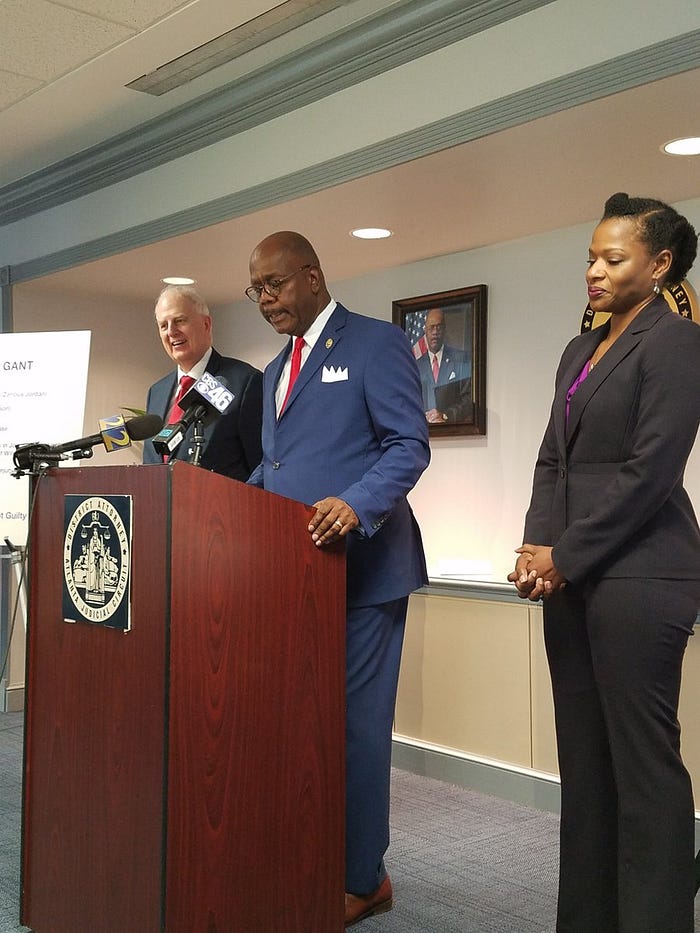
Update May 2019:
Video News — Infamous Leo Frank trial, lynching to be reexamined by new Fulton County task force, 11 Alive, May 7, 2019. Racial hoaxer Roy Barnes is caught lying on TV that every single morning during the month-long Leo Frank trial, crowds were shouting lynching death threats at the jury as they walked to the courthouse. Web Reference (bookmark): https://www.youtube.com/watch?v=4tgKcqOXyhc
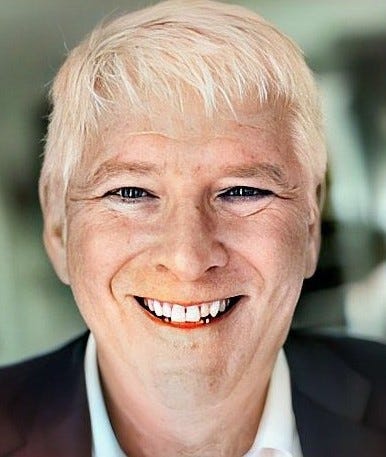
Did Leo Frank Kill Mary Phagan? 106 Years Later We Might Finally Find Out For Sure by Steve Oney, (July 2019 Print Issue of Atlanta Magazine). Steve Oney promotes the 1964 Pierre van Paassen fraud that Mary Phagan had bite wounds on her neck and shoulder (To Number Our Days, 1964). Web Reference: https://www.atlantamagazine.com/news-culture-articles/did-leo-frank-kill-mary-phagan-106-years-later-we-might-finally-find-out-for-sure/
Added October 2019:
Phagan Family’s Little Mary Phagan Website http://www.LittleMaryPhagan.com
Added June 2020:
Tertiary Research on the Leo Frank Case:
- National Pencil Company vs Pinkerton’s National Detective Agency https://archive.org/details/national-pencil-company-vs-pinkertons-national-detective-agency
- National Pencil Company vs Pinkerton’s National Detective Agency: Bill of Exceptions Certification https://archive.org/details/national-pencil-company-vs-pinkertons-national-detective-agency-bill-of-exceptions-certification
- National Pencil Company vs Pinkerton’s National Detective Agency: Bill of Exceptions Certification (Supreme Court) https://archive.org/details/npc-vs-pnda-bill-of-exceptions-certification-supreme-court
- National Pencil Company vs Pinkerton’s National Detective Agency: First Division https://archive.org/details/national-pencil-company-vs-pinkertons-national-detective-agency-first-division
- Pinkerton’s National Detective Agency vs National Pencil Company https://archive.org/details/pinkertons-national-detective-agency-vs-national-pencil-company
- Pinkerton’s National Detective Agency vs National Pencil Company: Amended Motion for New Trial https://archive.org/details/pinkertons-national-detective-agency-vs-national-pencil-company-amended-motion-for-new-trial
- Pinkerton’s National Detective Agency vs National Pencil Company: Answer of Defendant https://archive.org/details/pinkertons-national-detective-agency-vs-national-pencil-company-answer-of-defendant
- Pinkerton’s National Detective Agency vs. National Pencil Company — Approval of Brief of Evidence https://archive.org/details/pinkertons-national-detective-agency-vs-national-pencil-company-approval-of-brief-of-evidence/mode/1up
- Pinkerton’s National Detective Agency vs National Pencil Company: Bill of Exceptions https://archive.org/details/pinkertons-national-detective-agency-vs-national-pencil-company-bill-of-exceptions
- Pinkerton’s National Detective Agency vs National Pencil Company: Brief of Evidence https://archive.org/details/pinkertons-national-detective-agency-vs-national-pencil-company-brief-of-evidence/mode/2up
- Pinkerton’s National Detective Agency vs National Pencil Company: Charge of Court https://archive.org/details/pinkertons-national-detective-agency-vs-national-pencil-company-charge-of-court/mode/2up
- Pinkerton’s National Detective Agency vs National Pencil Company: Corporation/Partnership https://archive.org/details/pinkertons-national-detective-agency-vs-national-pencil-company-corporation-partnership/mode/1up
- Pinkerton’s National Detective Agency vs. National Pencil Company: Judgment https://archive.org/details/pinkertons-national-detective-agency-vs-national-pencil-company-judgment/mode/1up
- Pinkerton’s National Detective Agency vs. National Pencil Company: Motion for New Trial https://archive.org/details/pinkertons-national-detective-agency-vs-national-pencil-company-motion-for-new-trial/mode/1up
- Pinkerton’s National Detective Agency vs. National Pencil Company: Motion for New Trial Acknowledged by Plaintiff https://archive.org/details/pnda-vs-npc-motion-for-new-trial-acknowledged-by-plaintiff/mode/1up
- Pinkerton’s National Detective Agency vs. National Pencil Company: Motion for New Trial Read and Considered https://archive.org/details/pnda-vs-npc-motion-for-new-trial-read-and-considered
- Pinkerton’s National Detective Agency vs. National Pencil Company: Verdict https://archive.org/details/pinkertons-national-detective-agency-vs-national-pencil-company-verdict/mode/1up
- Report of Assistant Superintendent Harry Scott: April 28, 1913, https://archive.org/details/report-of-assistant-superintendent-harry-scott-1913-04-28/mode/2up
- Report of Assistant Superintendent Harry Scott: May 18, 1913, https://archive.org/details/report-of-assistant-superintendent-harry-scott-1913-05-18/mode/2up
- Report of Assistant Superintendent Harry Scott: May 23, 1913, https://archive.org/details/report-of-assistant-superintendent-harry-scott-1913-05-23/mode/1up
- Report of Assistant Superintendent Harry Scott: May 24, 1913, https://archive.org/details/report-of-assistant-superintendent-harry-scott-1913-05-24/mode/2up
- Report of Assistant Superintendent Harry Scott: May 25 & 27, 1913 https://archive.org/details/report-of-assistant-superintendent-harry-scott-1913-05-25-and-1913-05-27/mode/1up
- Report of Assistant Superintendent Harry Scott: May 28, 1913, https://archive.org/details/report-of-assistant-superintendent-harry-scott-1913-05-28/mode/1up
- Report of L. P. Whitfield https://archive.org/details/report-of-l-p-whitfield/mode/2up
- Statement of James Conley: May 18, 1913, https://archive.org/details/statement-of-james-conley-1913-05-18/mode/2up
- Statement of James Conley: May 24, 1913, https://archive.org/details/statement-of-james-conley-1913-05-24/mode/1up
- Statement of Jim Conley: May 28, 1913, https://archive.org/details/statement-of-jim-conley-1913-05-28/mode/2up
- Statement of Jim Conley: May 29, 1913, https://archive.org/details/statement-of-jim-conley-1913-05-29/mode/2up
- Testimony of Helen Kerns https://archive.org/details/testimony-of-helen-kerns/mode/2up
State Exhibit J, Stenographed on June 3rd, Leo Frank Trial Brief of Evidence, 1913
STATE’S EXHIBIT J, Leo Frank Trial Brief of Evidence, 1913.
An affidavit executed by Minola McKnight for Solicitor Dorsey, as follows:
The state of Georgia, County of Fulton.
Personally appeared before me, a notary public in and for the above
State and county, Minola McKnight, who lives in the rear of 351 Pulliam St.,
Atlanta, Georgia, who being duly sworn deposes and says:
On Saturday morning, April 26, 1913, Mr. [Leo] Frank left home about
eight o’clock, and Albert [McKnight], my husband, was there Saturday, too.
Albert [McKnight] got there I guess about a quarter after one [1:15 PM] and
he [Albert McKnight] was there when Mr. [Leo] Frank come for dinner (Dinner is what they called Lunch back then), which was about half-past one [1:30 PM], but Mr. Frank did not eat any dinner (Lunch), and he left in about ten minutes [1:40 PM] after he [Mr. Leo Frank] got there.
Mr. [Leo] Frank come back to the house at seven o’clock that night, and Albert
[McKnight] was there when he [Leo Frank] got there. Albert [McKnight] had gone home that [early] evening but he come back. I don’t know what time he [Albert McKnight] got there, but he come sometime before Mr. [Leo] Frank did, and Mr. [Leo] Frank eat supper about seven o’clock, and when I left there that night about eight o’clock, I left Mr. [Leo] Frank there.
Sunday morning I got there about eight o’clock, and there was an
automobile standing in front of the house and I didn’t pay any attention
to it. I saw a man in the automobile get a bucket of water and pour into
it. Mr. [Leo] Frank’s wife [Lucille Selig Frank] was downstairs and Mr. [Emil Selig] and Mrs. [Josephine] Selig were upstairs. Albert [McKnight] was there Sunday morning, but I don’t remember what time he got there. I called them down to breakfast about half past eight [8:30 AM] and I found out that Mr. [Leo] Frank was gone.
Mr. [Emil] Selig and Mrs. [Josephine] Selig eat breakfast, but Mrs. [Lucille] Frank didn’t eat until Mr. Frank come back and then they eat breakfast together. I didn’t hear them say anything at the breakfast table. After dinner I understood them to say that a girl and Mr. [Leo] Frank were caught at the office Saturday. I don’t know who said it, Miss Lucile (Mrs. Frank) and
Mr. [Emil Selig] and Mrs. [Josephine] Selig and Mr. [Leo] Frank were standing there talking, after dinner when they said it; I understood them to say it was a Jew girl.
On Tuesday, Mr. [Leo] Frank says to me, ‘It is mighty bad Minola, I might
have to go to jail about this girl, and I don’t know anything about it.’
Sunday, Miss Lucile said to Mrs. Selig that Mr. Frank didn’t rest so good
Saturday night; she said he was drunk and wouldn’t let her sleep with him,
and she said she slept on the floor on the rug by the bed because Mr. [Leo] Frank was drinking.
Miss Lucile [Selig Frank] said Sunday that Mr. [Leo] Frank told her Saturday night that he was in trouble, and that he didn’t know the reason why he would murder, and he told his wife to get his pistol and let him kill himself. I heard Miss Lucile [Selig Frank] say that to Mrs. [Josephine] Selig, and it got away with Mrs. [Josephine] Selig mighty bad; she didn’t know what to think. I haven’t heard Miss Lucile say whether she believed it or not. I don’t know why Mrs. Frank didn’t come to see her husband, but it was a pretty good while before she would come to see him, maybe two weeks. She would tell me, ‘Wasn’t it mighty bad that he was locked up,’ she
would say, ‘Minola, I don’t know what I am going to do.’
When I left home to go to the solicitor general’s office, they told me to mind how I talked. They pay me $3.50 a week, but last week they paid me $4.00, and one week she paid me $6.50. Up to the time of the murder I was getting $3.50 a week and the week right after the murder I don’t remember how much she paid me, and the next week they paid me $3.50, and the next week they paid me $6.50, and the next week they paid me $4.00 and the next week they paid me $4.00. One week, I don’t remember which one, Mrs. Selig gave
me $5, but it wasn’t for my work, and they didn’t tell me what it was for, she just said, ‘ Here is $5, Minola.’ I understood that it was a tip for me to keep quiet. They would tell me to mind how I talked and Miss Lucile
gave me a hat.”
Question: “Is that the reason you didn’t tell the solicitor yesterday all about this, that Miss Lucile and the others had told you not to say anything about what happened at home there’?”
Answer: “Yes, sir.”
Question: “Is that true?”
Answer: “Yes, sir.”
Question:. “And that’s the reason you would rather have been locked up last night than tell?’”
Answer: “Yes, sir.”
Question: “Has Mr. Pickett or Mr. Cravens or Mr. Campbell or myself influenced you in any way or threatened you in any way to make this statement? ”
Answer: “No, sir.”
Question: “You make it of your own free will and accord in their presence and in the presence of Mr. Gordon, your attorney?”
Answer: “Yes, sir.”
(Signed) MINOLA McKNIGHT.
Sworn to and subscribed before me, this 3rd day of June 1913.
(Signed) G. C. FEBUARY, Notary public, Fulton County, Georgia
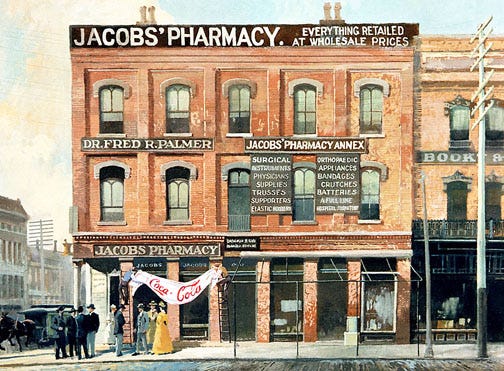
Frankite Allegations Torture and Coercion
Leo Frank’s defenders, then and now, have long claim Minola was tortured or coerced to produce State’s Exhibit J. Yet, concerning the veracity of State’s Exhibit J, one should consider State’s Exhibit B, and why Leo Frank so thoughtfully bought Lucille Selig Frank a box of Chocolates at Jacob’s Pharmacy on Saturday, April 26, 1913, at about 6:15 pm, just minutes before catching the 6:20 pm trolly home, to his in-law's residence at 68 East Georgia Avenue, Atlanta, Georgia. Leo Frank claimed he arrived at home at 6:25 pm.
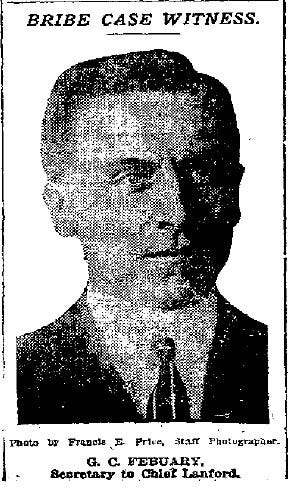
State Exhibit B, Monday, April 28, 1913, Leo Frank Trial Brief of Evidence, 1913. The unsworn deposition was stenographed by Gay C. Febuary.
The Monday morning, April 28, 1913, interrogation went like this (Atlanta Constitution, August 2, 1913):
Q. What is your position with the company?
A. I am general superintendent and director of the company.
Q: How long have you held that position?
A: In Atlanta, I have held that position since August 10th, 1908. My place of business is at 37–41 South Forsyth Street.
Q: About how many employees have you there?
A: About 107* in that plant? (typo, the actual number of employees was 170)
Q: Male or female?
A: Mixed. I guess there are a few more girls than boys.
Q: On Saturday, April 26, I will get you to state if that was a holiday with your company?
A: Yes, sir, it was a holiday. The factory was shut down.
Several People in Building.
Q: Who was in that building during the day?
A: Well, there were several people who come in during the morning?
Q: Was anyone in the office with you up, to noon?
A: Yes, sir, the office boy [Alonzo Mann] and a stenographer.
Q: What time did they leave?
A: About 12 or a little after.
Q: Have you a day watchman there?
A: Yes, Sir.
Q: Was he on duty at 12 o’clock?
A: No, sir, he left shortly before.
Q: Who came in after the stenographer and the office boy left?
A: This little girl. Mary Phagan, but at the time I didn’t know that was her name. She came in between 12:05 and 12:10, maybe 12:07, to get her pay envelope, her salary.
Frank Pays Mary Phagan:
Q: You paid her?
A: Yes, sir, and she went out of the office.
Q: What office was you in at that time?
A: In the inner office at my desk, the furtherest office to the left from the main office.
Q: Could you see the direction she went in when she left?
A: My impression was she just walked away I didn’t pay any particular attention.
Q: Do you keep the door locked downstairs?
A: I didn’t that morning, because the mail was coming in. I locked it at 1:10 p.m. when I went to dinner.
Q: Was anyone else in that building?
A: Yes, sir, Arthur White and Harry Denham, they were working on machinery, doing repair work, working on the top floor of the building, which is the fourth floor, toward the rear, or about the middle of the building, but a little more to the rear.
Q: What kind of work were they doing?
A: They were tightening up the belts; they are not machinists, one is a foreman in one department and the other is an assistant in another, and Denham was just assisting White, and Mrs. White, the wife of Arthur White, was also in the building. She left about 1 o’clock. I went up there and told them I was going to dinner, and they had to get out and they said they had not finished, and I said, “how long will it take?” and they said until some time in the afternoon, and then I said, “Mrs. White, you will have to go, for I am going to lock these boys in here.”
The Door was Locked:
Q: Can anyone from the inside open those doors?
A: They can open the outside door, but not the inside door, which I locked.
Q: In going in the outside door, is there any way by which anyone could go in the basement from the front?
A: Yes sir, through the trap door.
Q: They would not necessarily have to go up the steps?
A: No, sir, they couldn’t get up there if I was out.
Q: You locked the outer door?
A: Yes, sir, and I locked the inner door.
Q: What time did you get back?
A: At 3 o’clock, maybe two or three minutes before, and I went to the office and took off my coat and then went upstairs to tell those boys I was back, and I couldn’t find them at first, they were back in the dipping room, in the rear, and I said, Are you ready? and they said, We are just ready, and I said, all right, ring out when you go down, to let me know when you go out, and they rang out, and Arthur White come in the office and said, Mr. Frank, loan me $2, and I said, What’s the matter? We just paid off, and he said, My wife robbed me, and I gave him $2 and he walked away, and the two of them walked out.
Newt Lee Arrives.
Q: And you locked the doors behind them?
A: I locked the outer door, when I am in there, there is no need of locking the inner door. There was only one person I was looking for to come in, and that was the nightwatchman.
Q: What time did he get there?
A: I saw him twenty minutes to 4 [3:40 p.m]
Q: Had you previously arranged for him to get there?
A: Yes, sir. On Friday night I told him, after he got his money, I gave him the keys and said you had better come around early tomorrow, because I may go to the ball game, and he came early because of that fact. I told him to be there by 4 o’clock and he came 20 minutes to 4. I figured I would leave about 1, and would not come back, but it was so cold I didn’t want to risk catching cold, and I came back to the factory as I usually do. He came in, and he said, Yes, sir, and he had a bag of bananas with him, and he offered me a banana. I didn’t see them, but he offered me one, and I guess he had them. We have told him, once he gets in that building never to go out. I told him he could go out, he got there so early, and I was going to be there. He came back about four minutes to 6, the reason I know that, I was putting the clock slips in, an the clock was right in front of me. I said, I will be reading in a minute, and he went downstairs and I came to the office and put on my coat and hat, and followed him and went out.
Saw Newt and Gantt Talking
Q: Did you see anybody with him as you went out?
A: Yes, sir; talking to him was J.M. Gantt — a man I had fired about two weeks previous.
Q: Did you have any talk with Gantt?
A: Newt told me he wanted to go up to get a pair of shoes he left while he was working there, and Gantt said to me, Newt don’t want me to go up, and he said you can go with me, Mr. Frank, and I said, that’s all right, go with him Newt and I went on home and I got home about 6:25 p.m.
Q: Is there anything else that happened that afternoon?
A: No, sir, that’s all I know.
Q: You don’t know what time Gantt came down after he went up?
A: Oh, no, I saw him go in and I locked the door after him, but I didn’t try them.
Q: Did you ask Newt?
A: Yes, sir, I telephoned him. I tried to telephone him when I got home. He punches the clock at half hour intervals, and the clock and the phone is in the office and didn’t get an answer, and at 7 o’clock I called him and asked him if Gantt got his shoes, and he said yes, he got them and I said is everything all right, and he said yes, and the next thing I know they called me at 7:30 a.m. the next morning.
Did Lee Let People In?
Q: Do you know whether your watchman at any time has been in the habit of letting people in there any time?
A: No, sir.
Q: did you ever have any trouble with any watchman about such as that?
A: No, sir.
Q: Do you know whether any of your employees go there at night?
A: Yes sir, Gantt did when he was working there, he had a key and sometimes he would have some work left over. I never have seen him go but until I go out, I go out and come back, but he has come back before I left, but that is part of his duty.
Q: Did you take a bath yesterday or Saturday night?
A: Yes, sir. Saturday night at home.
Q: Did you change your clothes?
A: Yes sir.
Q: The clothes that you changed are at home?
A: Yes sir, and this is the suit of clothes I was wearing Saturday. After I left the shop I went to Jacobs Pharmacy and bought a box of candy for my wife and got home about 6:25.
End of Leo Frank deposition to Atlanta Police, Monday, April 28th, 1913
- Fake News and False History: The 1913 Leo Frank Case in the Midst of a 21st-Century Jewish-Gentile Culture War By Moses Jacobs [Last Updated On: May 17th, 2023] [Originally Added On: May 10th, 2023]